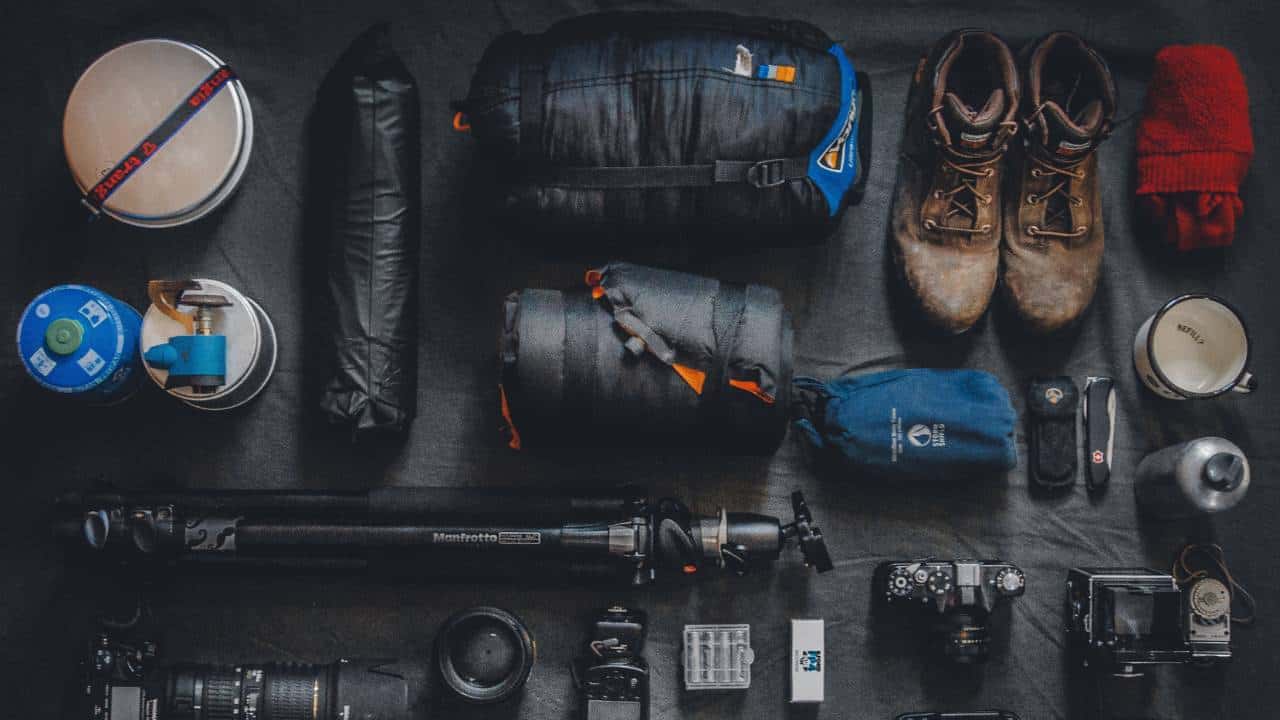Armed with your wild camping kit list, step into the heart of Britain’s untamed landscapes. Picture undulating dales, ancient woodlands, and star-studded night skies with nary another soul in sight. Instead of the hustle and bustle of busy campsites, it’s just you and perhaps the distant bleat of a roaming sheep.
No set pitches, no shared facilities, merely a choice patch of land amidst nature’s grandeur. However, to ensure a seamless experience amidst the wilds, meticulous planning and the right gear are paramount. Fancy a proper adventure?
Tent
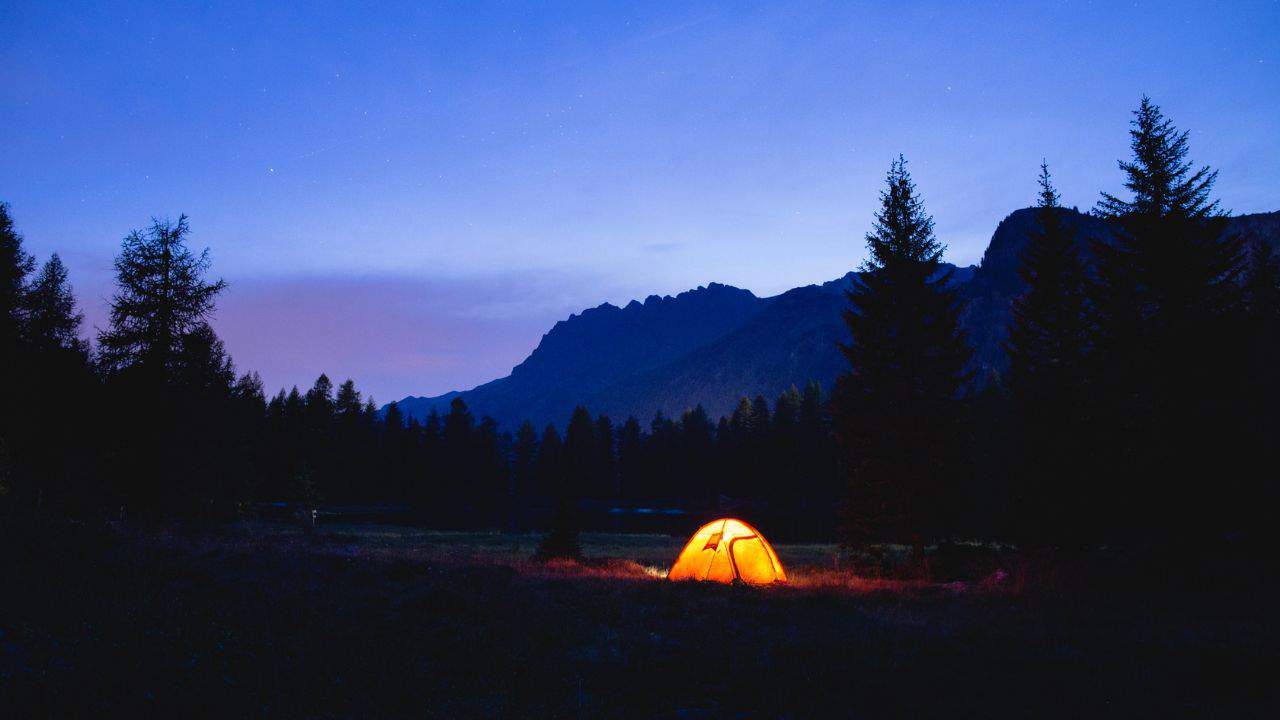
When shopping for a tent, consider weather resistance, ease of setup, weight, and size (packed and set up).
An excellent wild camping tent should be compact when packed but also durable and lightweight. Seek tents with strong poles for wind resistance and a high hydrostatic head rating for better water resistance. You may also want to go with a two-wall design – this can significantly help manage condensation.
Backpack
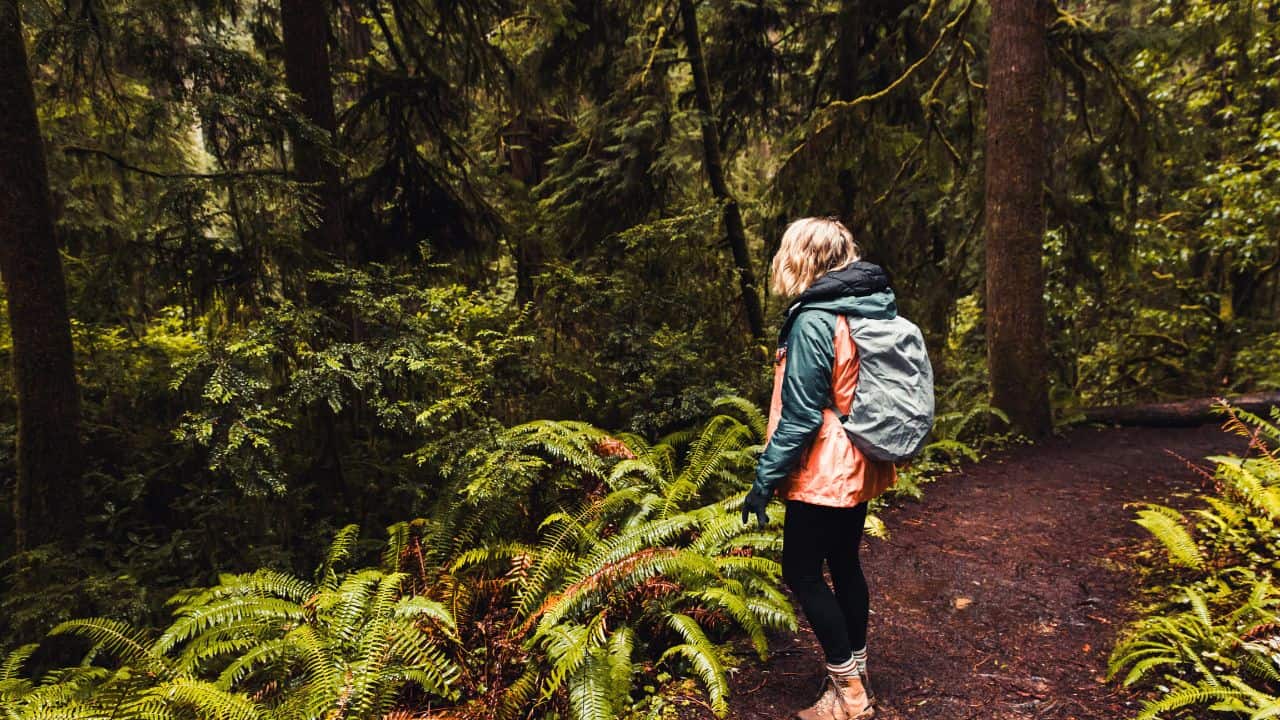
Along with the tent, you’ll need a quality backpack – your home on your back. Selecting a backpack that balances comfort, weight, and size is crucial.
You’ll need a larger backpack, about 50-70 litres, to carry all your essential wild camping equipment. Regarding materials, polyester or nylon are durable fabrics that can withstand the wear and tear of nature.
A reliable backpack is both practical and comfortable. Remember that it’s not just about how much gear you can carry but how comfortable you are while carrying it.
Waterproof Liner
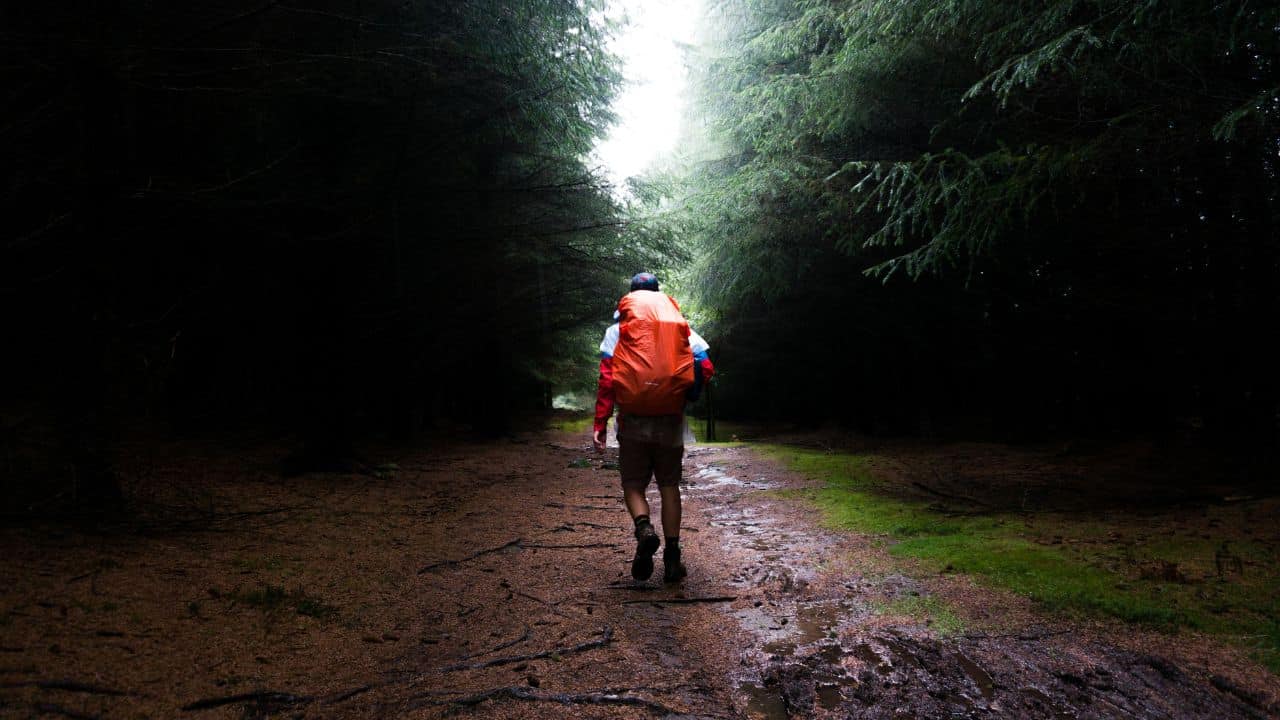
Water can penetrate even the most weather-resistant backpack if it persistently rains or if you accidentally submerge it into a creek. Hence, having a waterproof liner is essential. It can act as an additional layer of protection for your equipment, ensuring your sleeping bag, clothes, and other belongings remain dry.
Various waterproof liners are available, including specially-designed liners with seals and clips and standard heavy-duty trash bags. It’s one of those small, lightweight additions capable of saving you a lot of trouble out in the wild.
Sleeping Bag
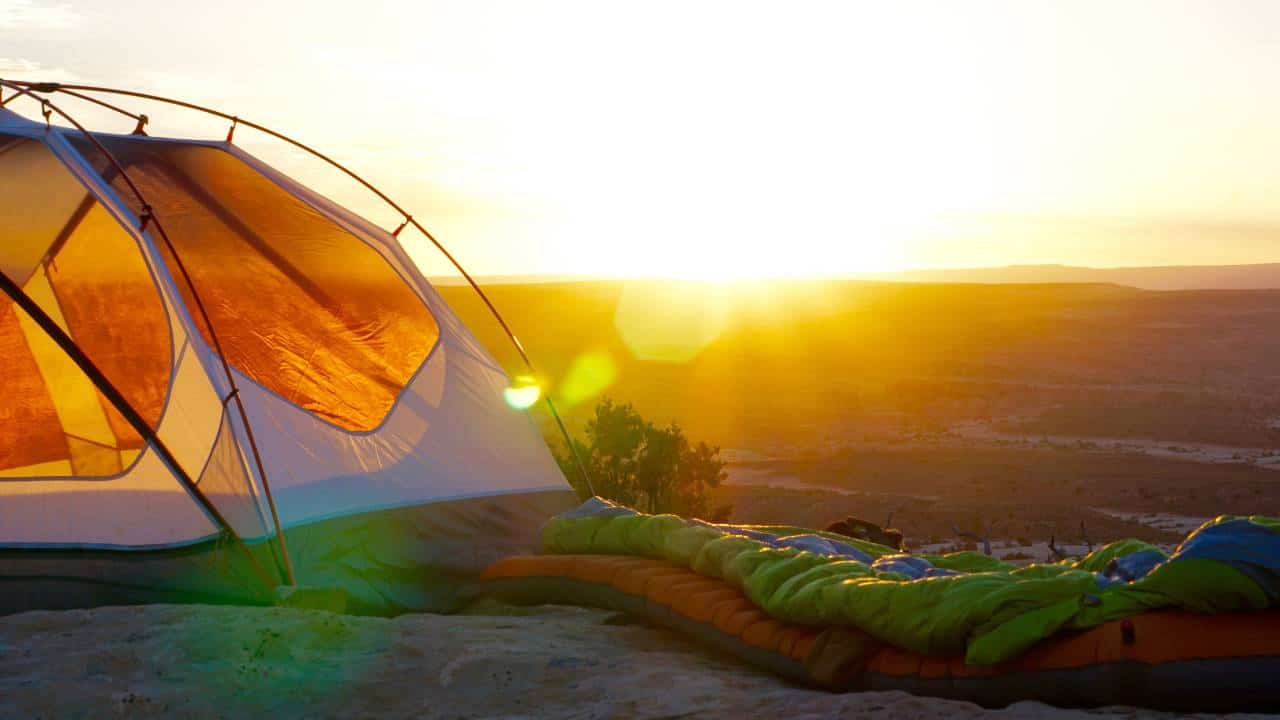
A good night’s sleep is crucial regardless of where you’re wild camping. Therefore, your sleeping bag should be comfortable, warm, and suitable for the expected conditions. Pay special attention to the temperature rating – the lower it is, the colder conditions the sleeping bag can withstand.
It would be best if you also considered the insulation type. Down fill performs poorly when wet but offers a phenomenal warmth-to-weight ratio. On the other hand, synthetic fill isn’t as warm but performs incredibly well in wet conditions and is less expensive.
Sleeping Mat
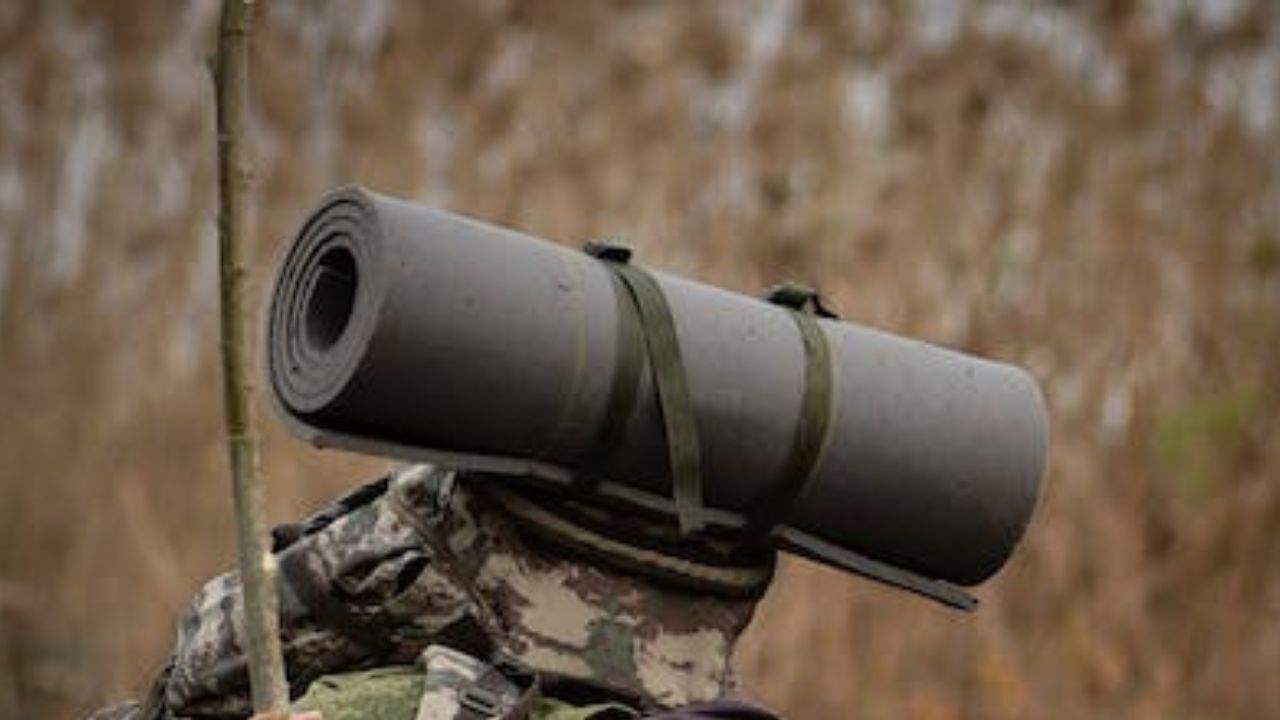
Your body can quickly lose warmth when you are on the ground. A good sleeping mat adds an insulating layer and provides comfort from the hard ground.
Foam mats are inexpensive, lightweight, and durable but also bulky. On the other hand, inflatable mats are pricey and vulnerable to punctures, but they also pack down smaller and provide more comfort.
Bivvy
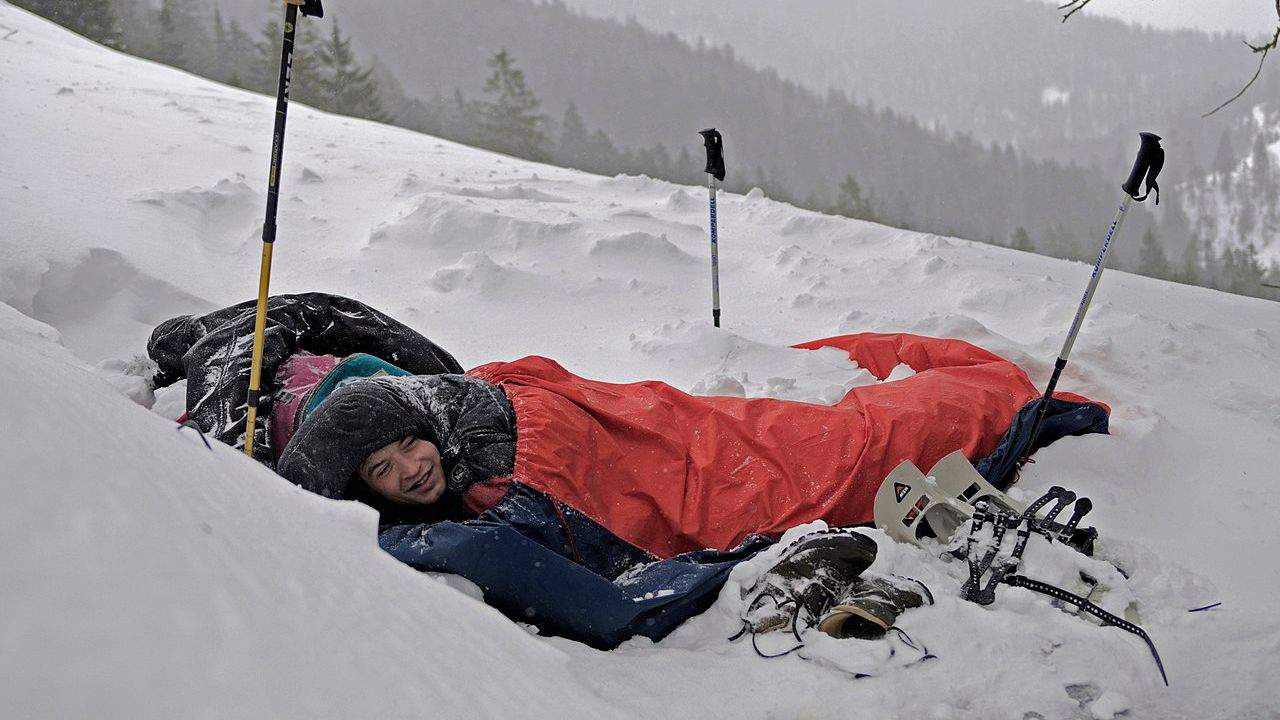
An ultra-minimalist alternative to tents, bivvies are waterproof and lightweight covers that wild campers can put over their sleeping bags. They are ideal for situations where speed and lightweight travel are vital.
Despite its simplicity, a good product of this type should be breathable, waterproof, and spacious enough to accommodate you and your sleeping bag. Some bivvies feature a hooped design – they are more comfortable due to their ability to create a small space over the user’s head.
Foam Earplugs

Although the backcountry sounds can be soothing, they can also disrupt a wild camper’s sleep. Foam earplugs are a simple solution to this problem.
They are efficient at blocking out noise while also being cheap and lightweight. Moreover, they come in different materials and sizes, so getting a pair that fits securely and comfortably in your ears won’t be an issue.
Inflatable Pillow
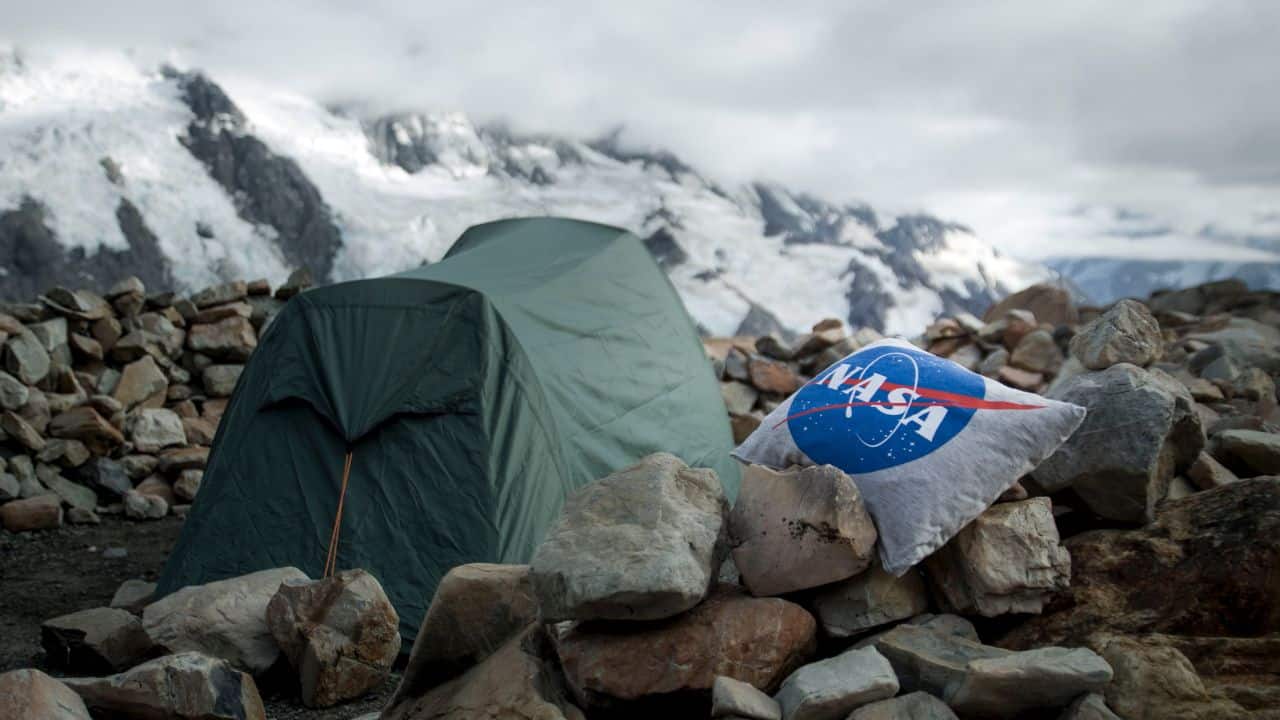
An inflatable pillow can significantly affect a wild camper’s comfort when sleeping in the Great Outdoors. However, the best thing about this product is that it becomes incredibly compact and lightweight when deflated – a considerable benefit for weight-conscious campers.
Some models allow you to adjust their firmness to a desired level. You may also want to get an inflatable pillow featuring a soft fabric cover for additional cushioning against your face.
Waterproof Jacket and Pants
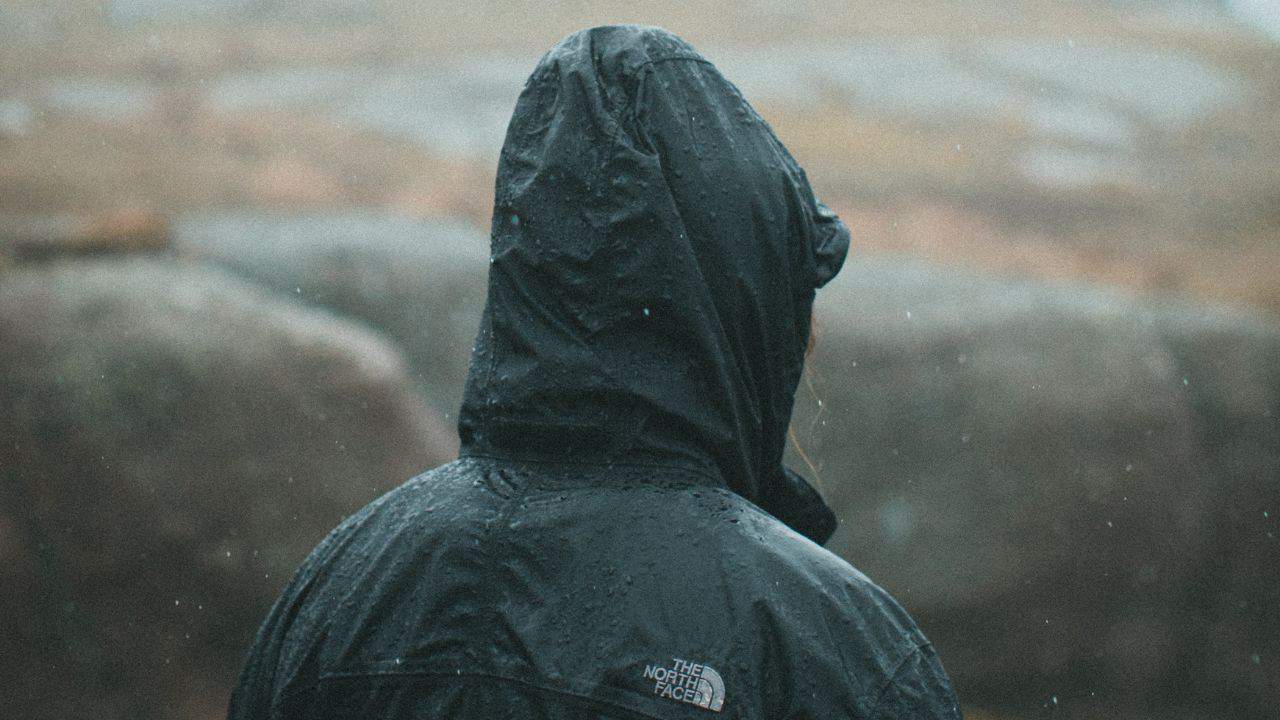
It is crucial to stay dry when camping in the wilderness. Hence, a waterproof jacket and pants are essential to any wild camping kit.
You should look for highly waterproof clothes. Sweat is another major factor – your wild camping clothes must also be breathable. Packable, lightweight garments are preferable to save weight and space in your backpack.
Base Layers
Maintaining body temperature begins with base layers. They should dry quickly, wick sweat away from your body, and be as breathable as possible.
Merino wool is one of the most popular base layer materials due to its odour resistance, breathability, and warmth. The alternative is to get base layers made of synthetic materials. While they’re not as odour-resistant (or comfortable), synthetic base layers dry faster and cost less.
Spare Socks and Underwear
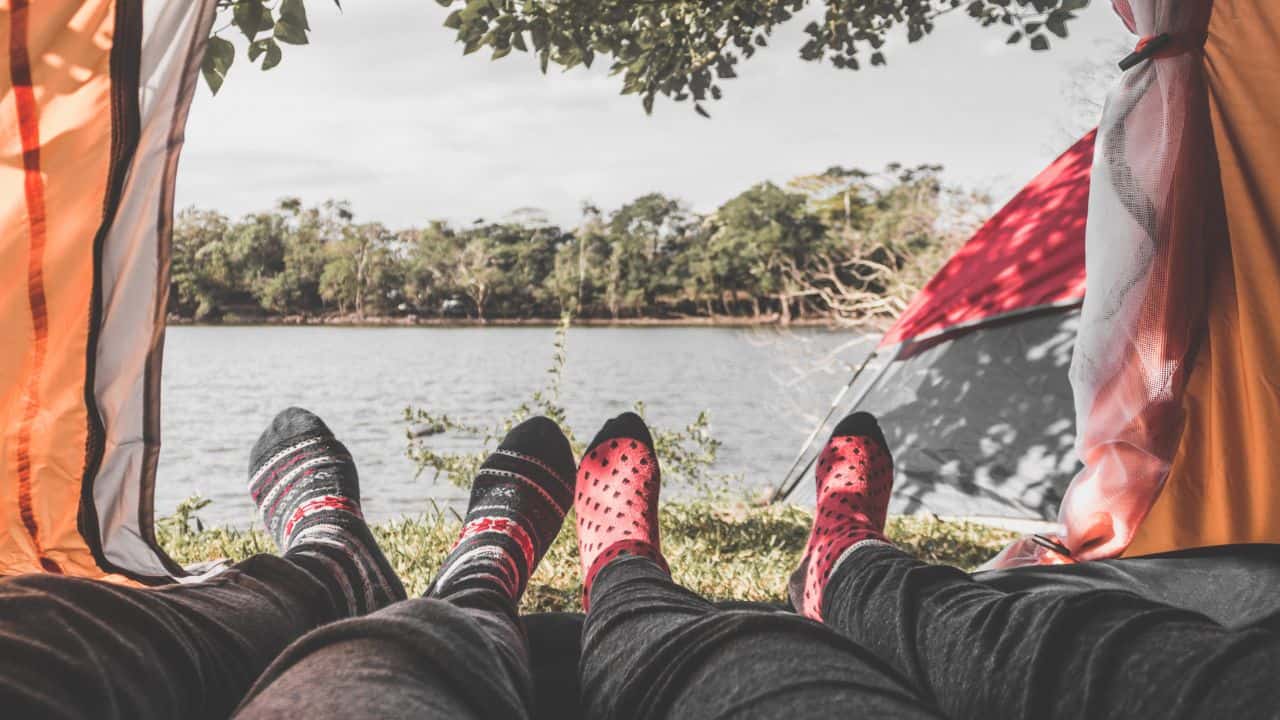
Clean underwear and dry feet can significantly improve your comfort in the outdoors.
Pack extra underwear and a few spare socks, prioritising quick-drying, lightweight materials like synthetic blends or Merino wool. Storing these in a waterproof bag is essential to keep them dry until needed.
Hat
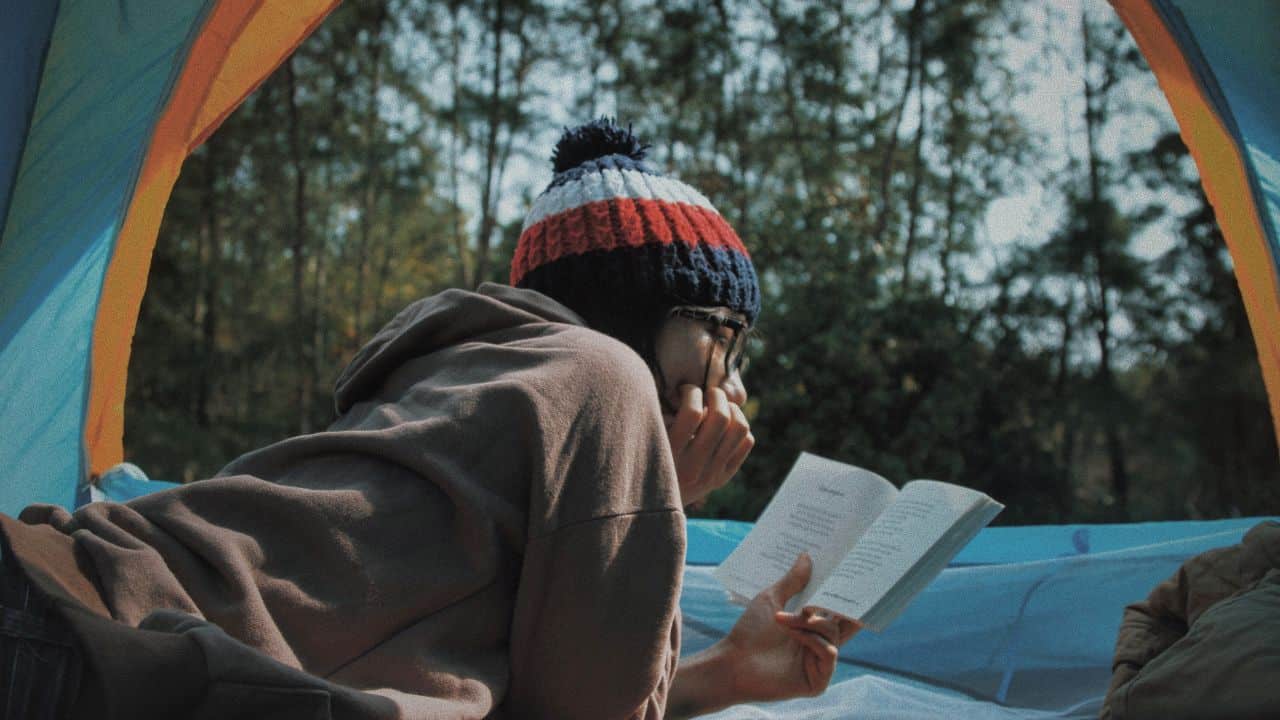
There are many benefits to packing a hat for your wild camping trip. Besides being your barrier against the snow or rain, a hat can protect you from the scorching sun and provide warmth during cold nights.
You’ll want to pack a beanie made from a synthetic insulating material or wool for warmth. Regarding sun protection, wide-brimmed hats made from breathable and lightweight fabrics are the best.
Gloves
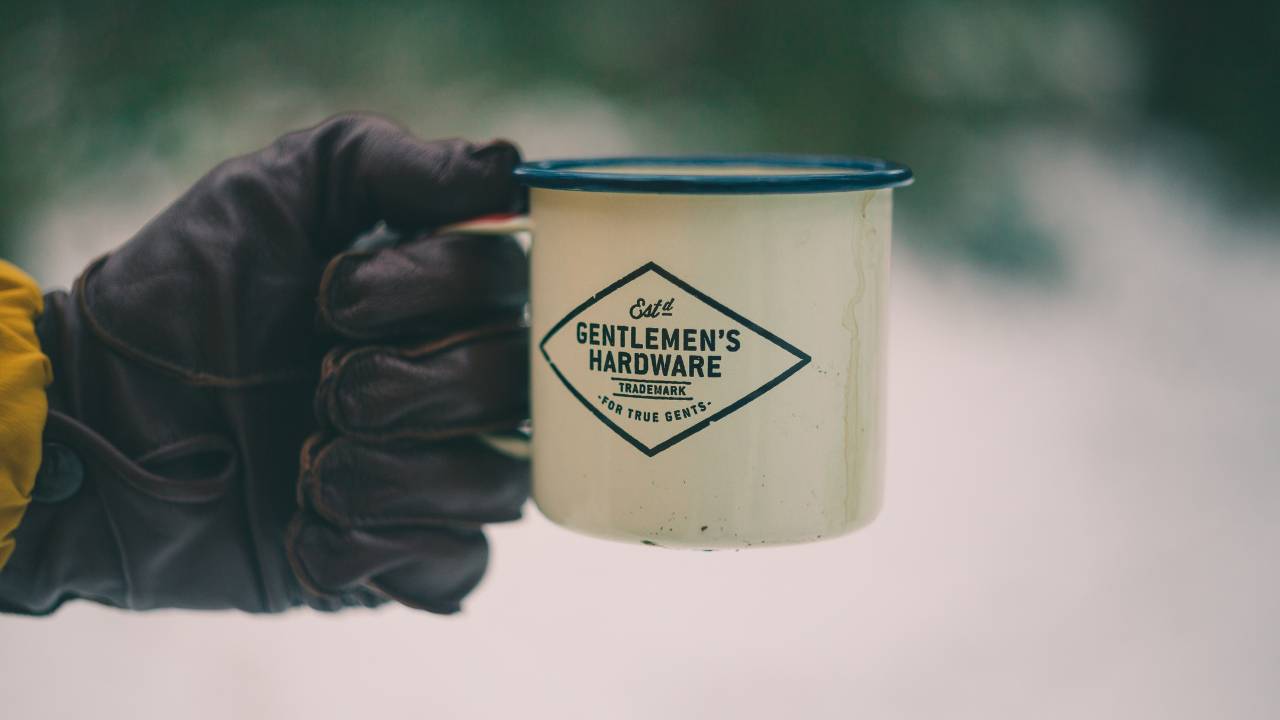
Wearing gloves can protect your hands from windy, wet, and cold weather. Opt for gloves that are breathable yet waterproof. The colder the weather, the more insulated your gloves should be.
Think about a layered system with a waterproof outer shell and a lightweight inner glove for more versatility.
Footwear
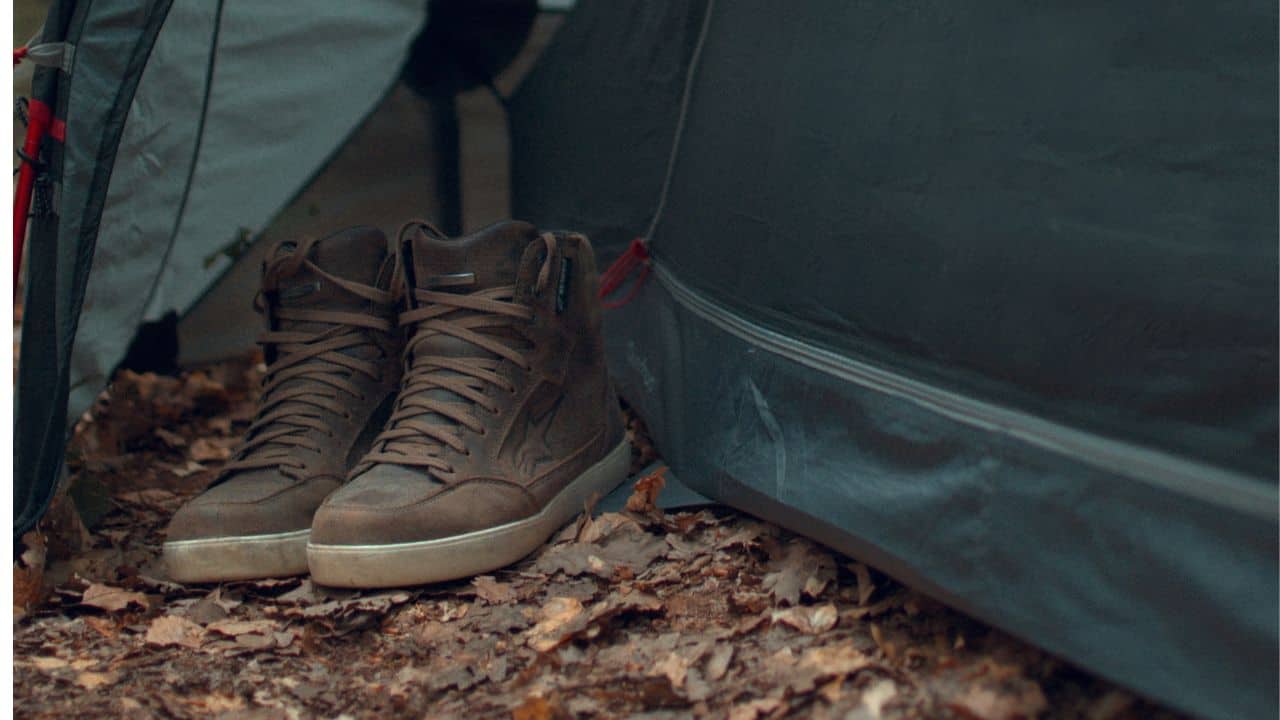
Camping trips can be enjoyable or miserable, depending on your chosen footwear. For wild camping, you’ll want a pair of waterproof hiking boots with good durability, grip, and ankle support.
The fit is another critical consideration. Your wild camping boots should fit snugly without being uncomfortable. To avoid blisters, break the boots in before your trip. Also, consider packing lightweight shoes or sandals for strolls around the camp and creek crossing.
Gaiters
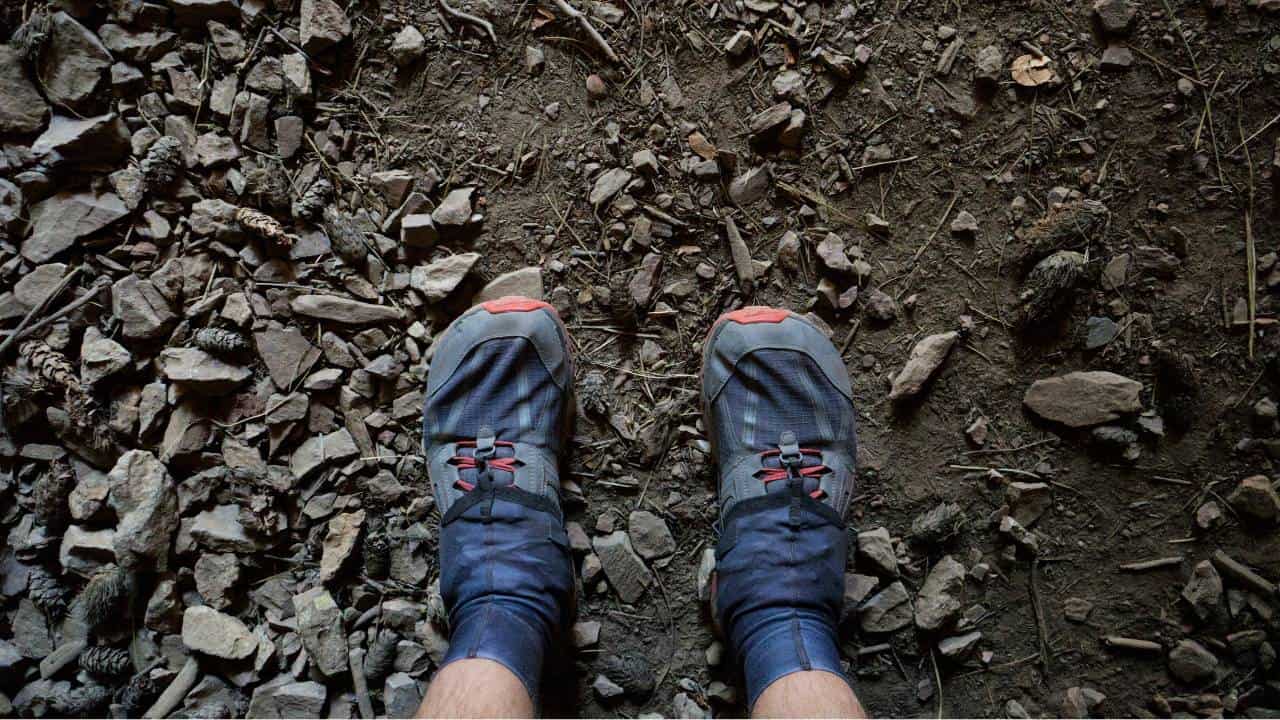
Wearing gaiters protects your footwear and lower legs from the elements. These simple yet incredibly convenient products are designed to prevent debris, mud, and water from entering your shoes or boots – they will keep your feet comfortable and dry. They’re particularly useful for walking through tall vegetation, crossing creeks, and general use in wet weather.
Gaiters come with different closure systems, materials, and lengths, so select a pair that fits well over your shoes/boots and pants and suits your preferences.
Walking Poles
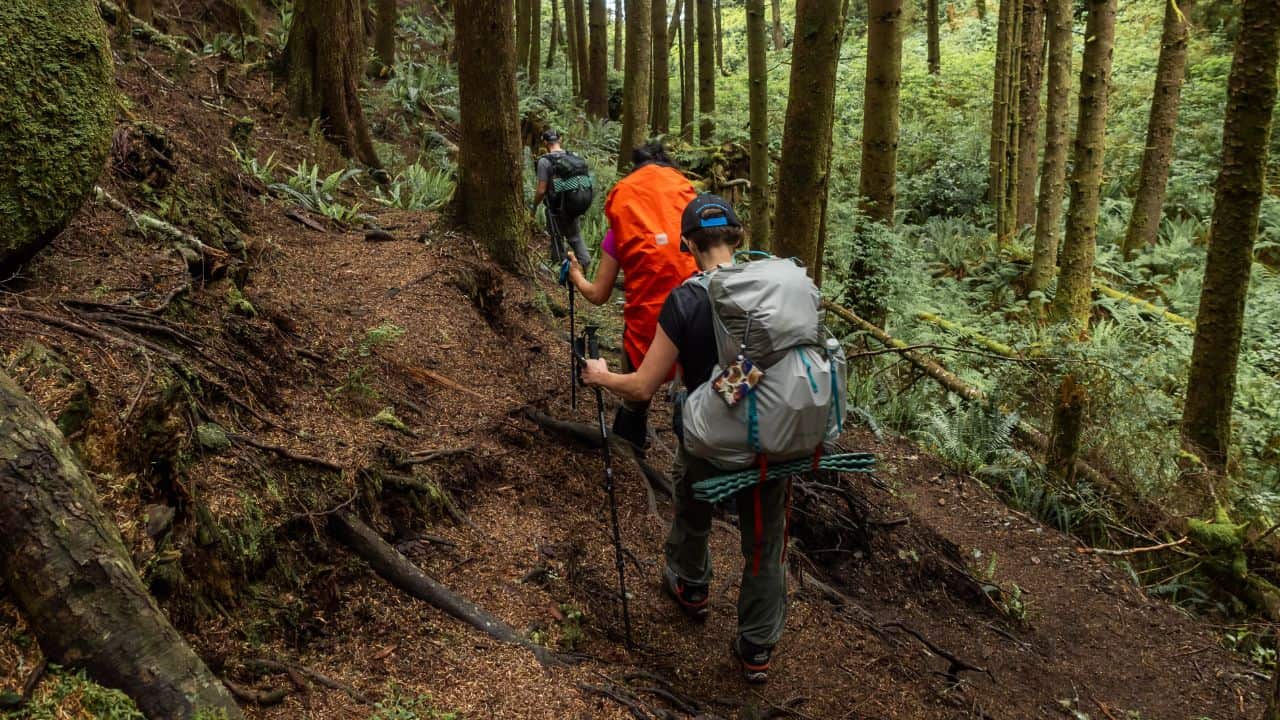
Walking poles can improve balance during hikes and reduce strain on the knees. They can be especially helpful when navigating steep terrain or carrying a heavy backpack.
As with all other wild camping gear, these are available in various materials. Carbon fibre poles are light but pricey, and aluminium poles are sturdy but cheap. Get a pair of walking poles with adjustable length and comfortable grips for versatility and comfort.
Dry Bag
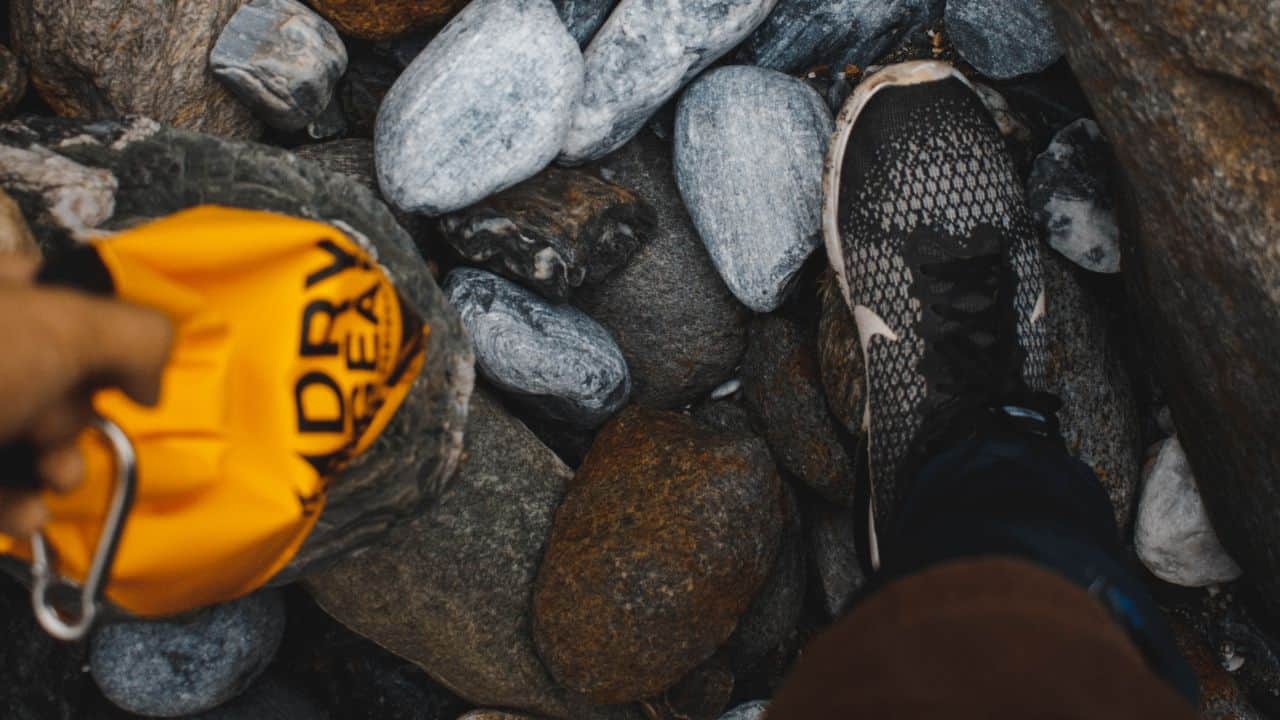
Despite its simplicity, a dry bag is a very versatile piece of equipment. It offers more waterproofing than a liner and can protect your sleeping bag, clothes, or electronics.
There are several sizes and types of dry bags. They are usually rated according to their volume (typically in litres). Some wild campers use several smaller dry bags to distribute weight evenly in the backpack and organise their equipment.
Rubish Bags
When wild camping, you should always follow the “Leave No Trace” principles, which include removing your litter. Ensure you have several durable garbage bags to collect your rubbish.
You can also use garbage bags to pack toilet paper and other waste. As a last resort, they can serve as extra waterproofing for your equipment or emergency rain ponchos.
Food & Water
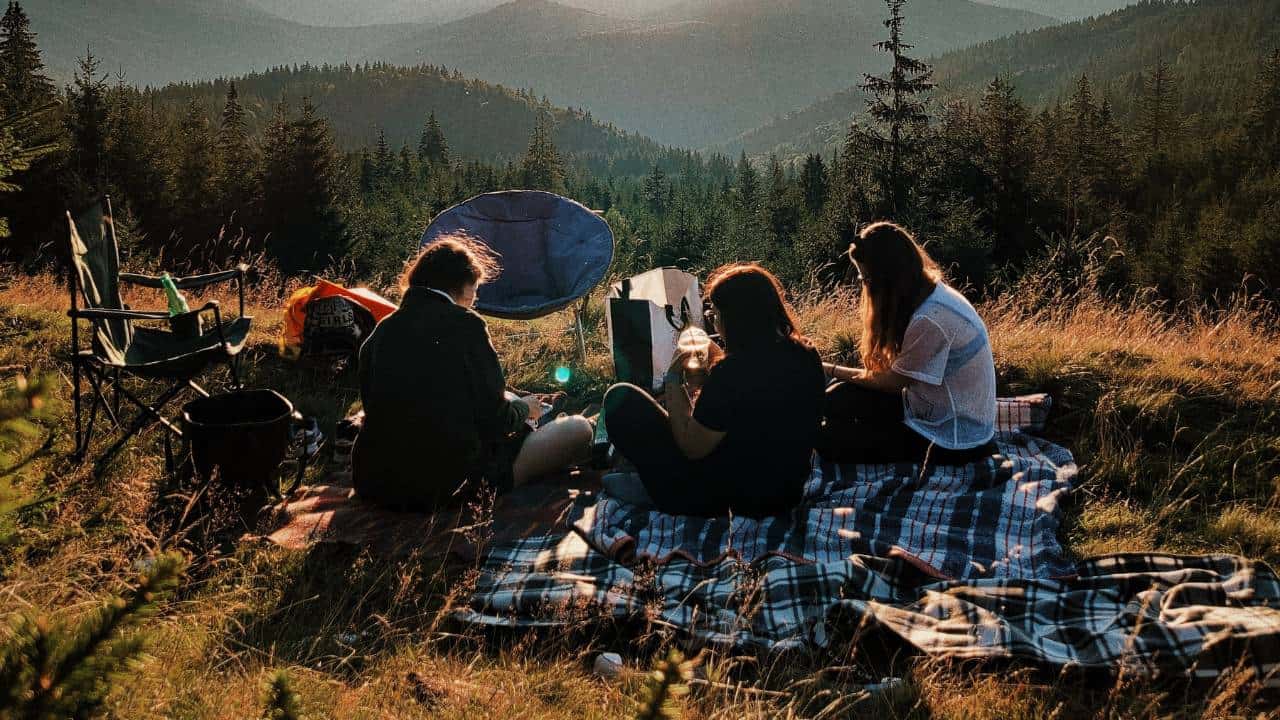
Ensure that you pack enough food and water for the duration of your wild camping adventure. Also, having an extra day’s supply on hand – for an emergency – is always a good idea.
Consider packing nonperishable, lightweight foods. Energy bars, nuts, dried fruit, instant meals, and ready-to-eat canned goods are excellent options. Treat the local water if you’re camping near a water source to supplement your existing amount.
Water Bottle
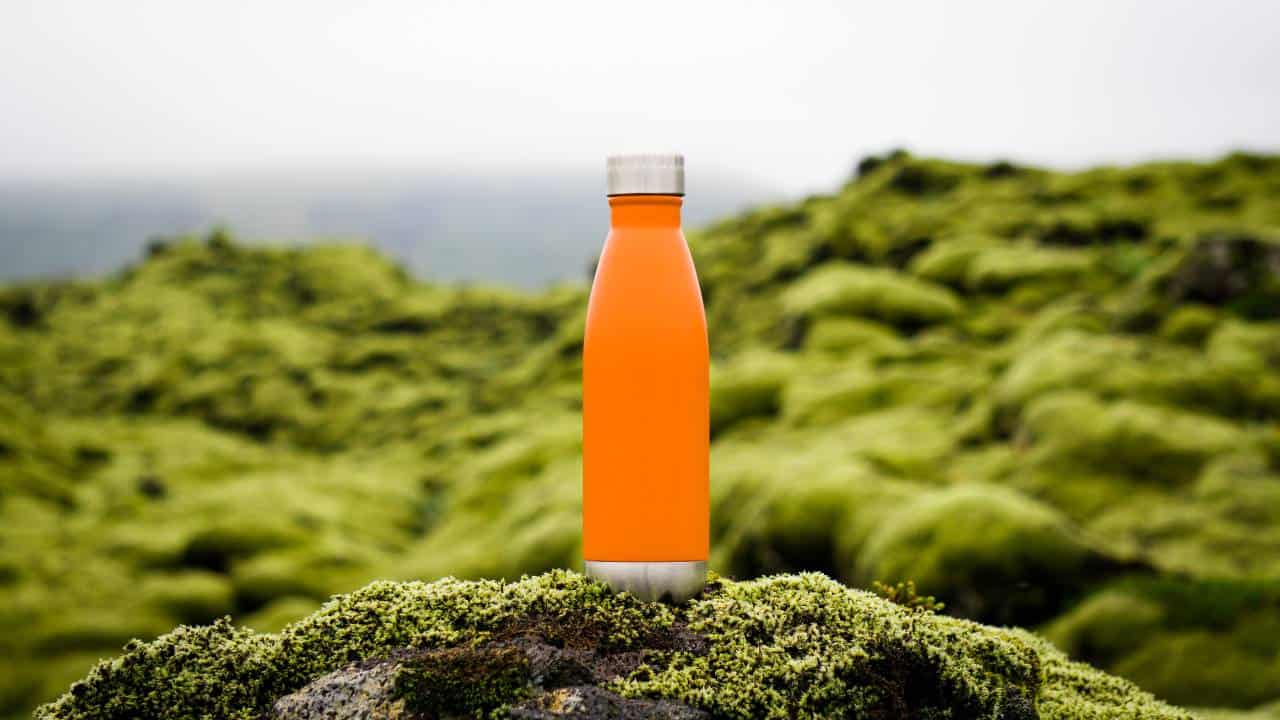
Hydration is essential. Bring a hydration bladder or a durable and reusable water bottle. It is crucial to consider the materials: plastic is cheap and lightweight, but stainless steel can typically handle hot liquids and is far more durable.
Wild campers hiking long distances may find hydration bladders with sip tubes a more convenient option. These will allow you to drink without stopping and removing your backpack.
Water Purifier or Filter
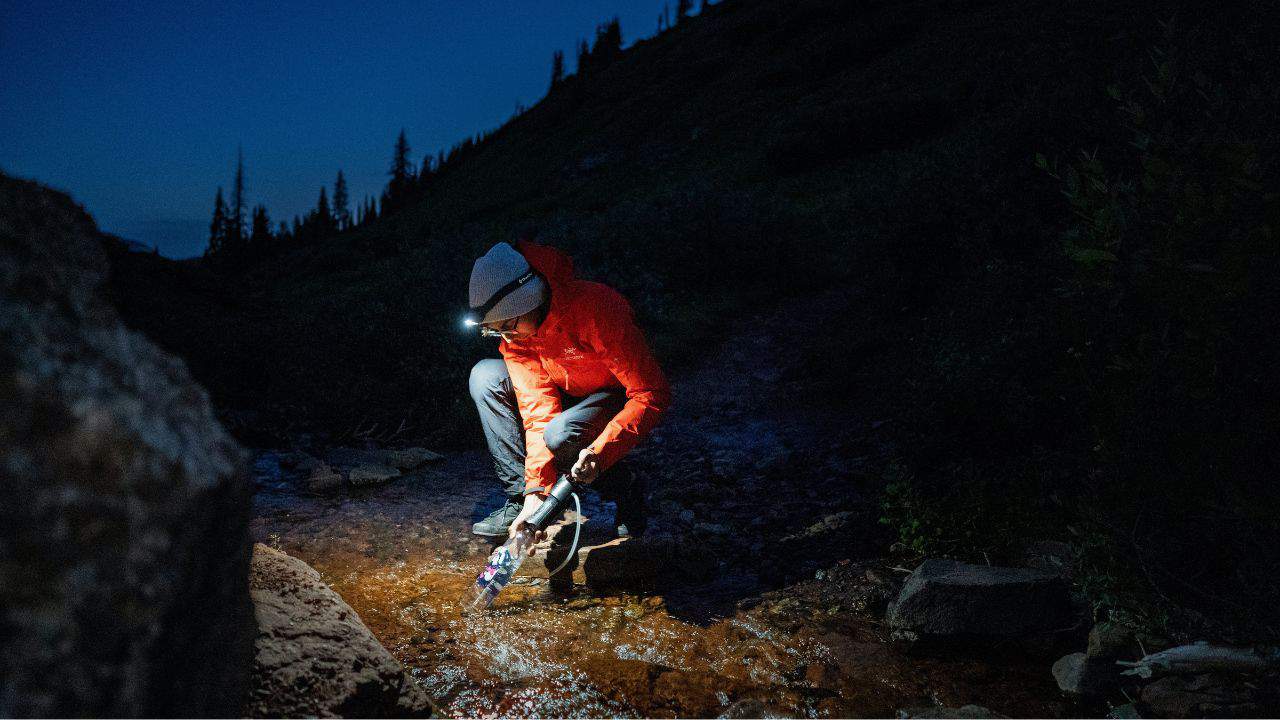
There are serious health risks associated with waterborne pathogens. Therefore, you will want to always treat water from springs, lakes, or creeks before consuming it. While it’s true that nothing beats the reliability of boiling, this process can be relatively fuel and time-consuming.
Opting for a water purifier or filter is an excellent alternative. These can remove most protozoa and bacteria, and some models can even remove viruses. Another option is to go with chemical treatments like chlorine dioxide tablets. These are easy to use and store but you need to wait for a while before they take effect.
Thermos Flask
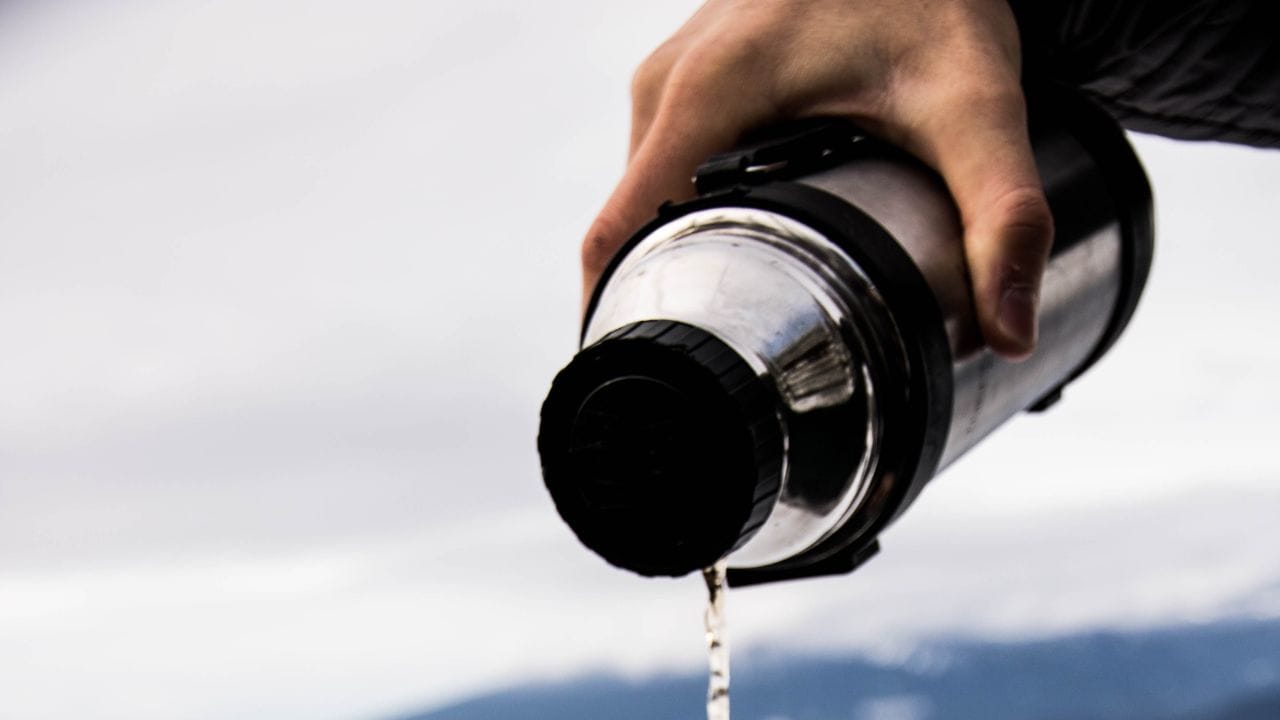
A thermos flask can keep your drinks cold or hot for a long time, making it ideal for having cold water on a hot day or warm coffee in the morning.
The best-performing thermos flasks are the stainless-steel, vacuum-insulated ones. When shopping for one, consider its weight and size – larger models have more capacity but require more space in your backpack.
Fire Steel
Also known as ferrocerium rod, fire steel is a weatherproof and reliable method of starting a campfire or a fire for your stove. A metal blade strikes the rod, igniting a tinder or a stove.
It works even when wet, lasts for thousands of strikes, and is lightweight. These qualities make it a must-have item in your wild camping arsenal.
Cooking Stove
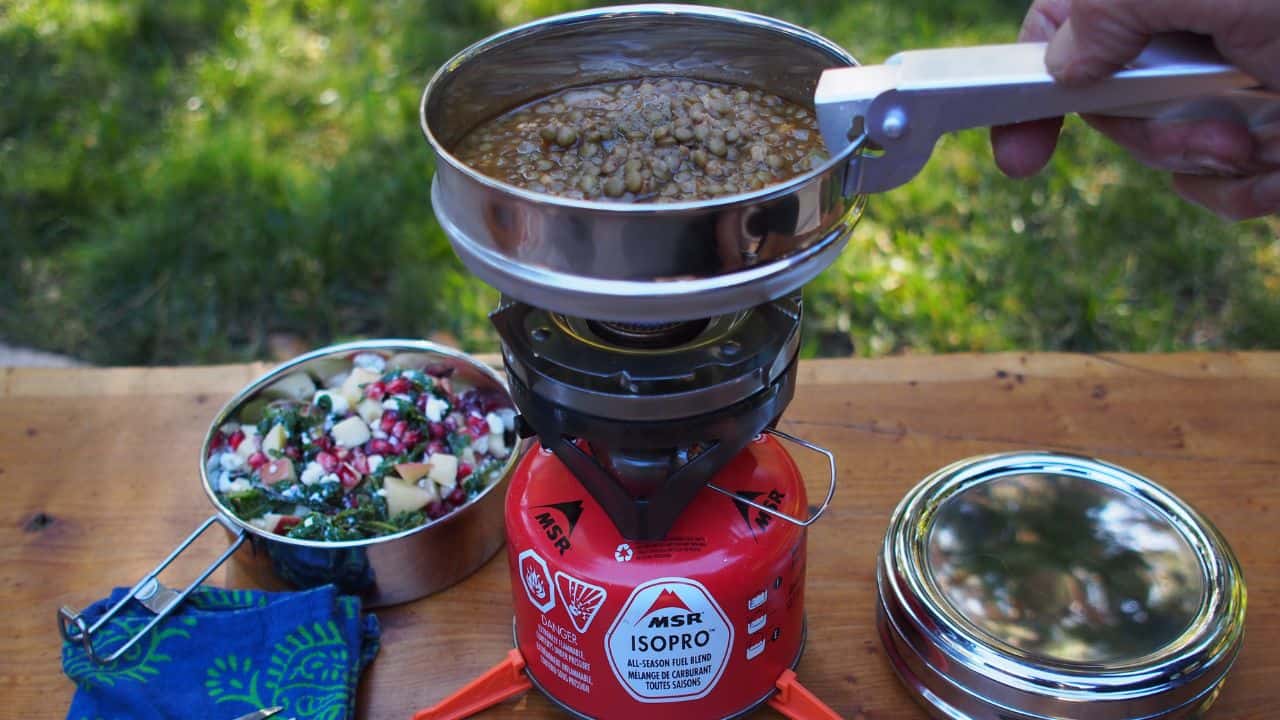
A cooking stove is your lifeline for hot drinks and meals when wild camping. Choose a compact and lightweight camping stove that suits your cooking style.
Solid fuel stoves are simple and lightweight, but more efficient options exist. Liquid fuel stoves are excellent for those who often wild-camp in cold temperatures. Finally, canister stoves are probably the best option – they’re easy to control and use.
To determine the efficiency of a cooking stove when shopping for one, consider the boil time and the fuel availability.
Cookware
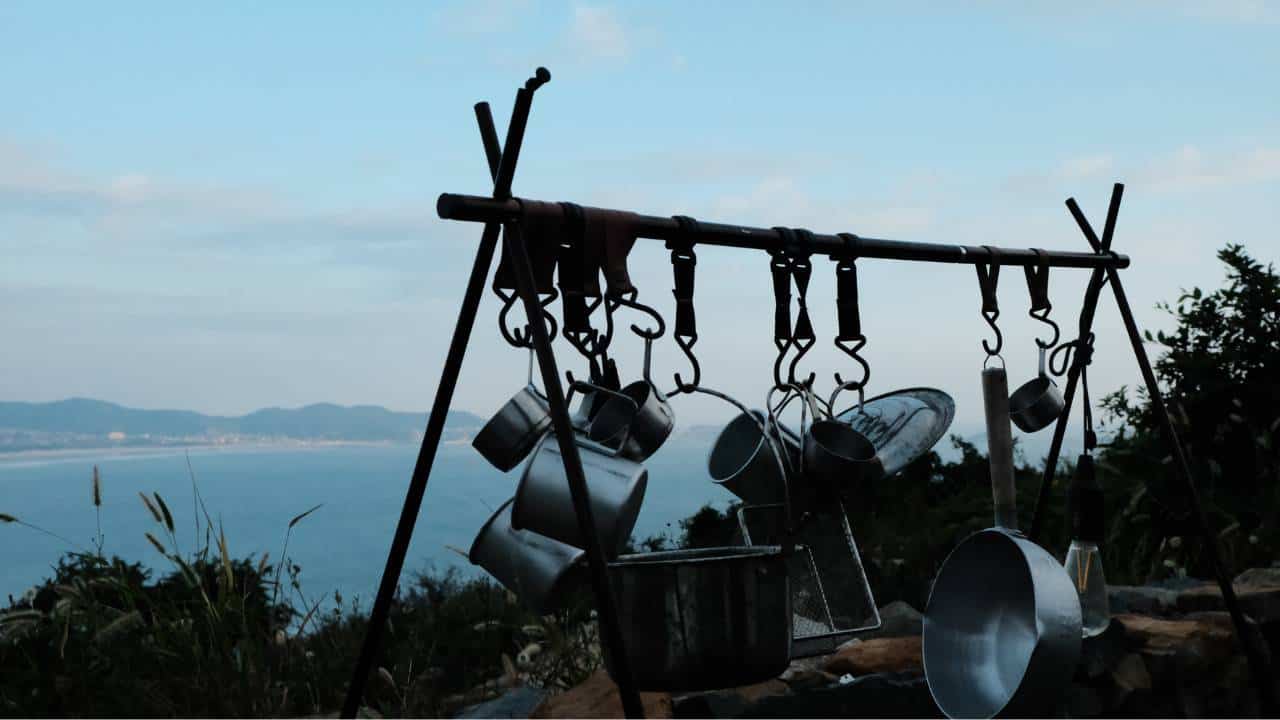
Cooking utensils for wild camping must be easy to clean, durable, and light. Nestable cookware is the best option for those seeking to save as much weight as possible.
Titanium is the most durable – and also the lightest material. However, it is expensive and doesn’t distribute heat well. On the other hand, aluminium isn’t as durable but conducts heat better and comes at a lower price. As for stainless steel, this material is heavier than the other two but also the best regarding heat conduction and durability.
Camp Shower
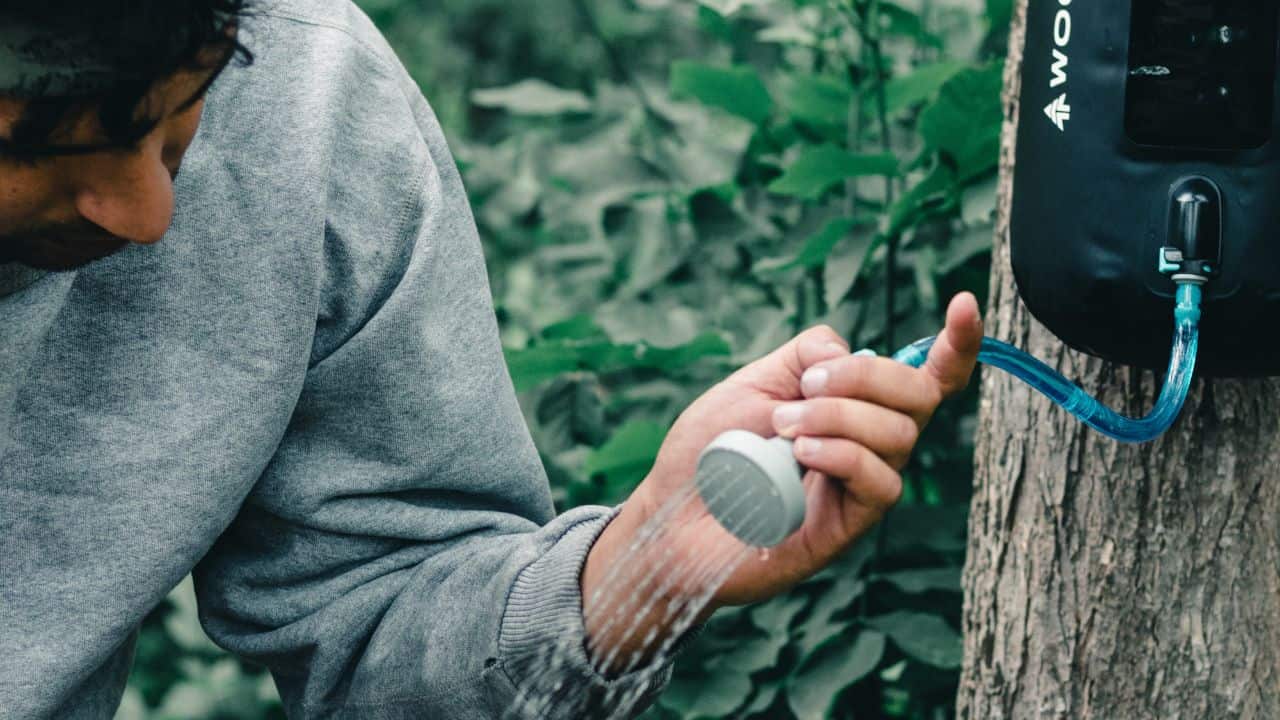
The convenience of a camp shower can be very useful for extended wild camping trips. These are water-filled bags that you can hang on a tree.
The best camp showers are solar-heated and have a hanging curtain (great for privacy!). You’ll want to choose a lightweight, compact, and sturdy model capable of withstanding outdoor wear and tear.
Toiletries
Maintaining personal hygiene is essential even in the wilderness. Pack a small toiletry bag with items such as a quick-drying towel, toilet paper, biodegradable soap, toothbrush, and toothpaste. A female camper should also carry feminine hygiene products.
Avoid attracting wildlife by keeping your toiletries scent-free.
Cleaning Sponge
Keeping your pots and pans clean is even more critical when you’re in the backcountry – the last thing you need is stomach problems caused by using dirty cookware. A dual-sided scrubbing sponge or a simple cleaning sponge can significantly help in this regard.
These simple products are lightweight and incredibly easy to pack. Moreover, you can attach a sponge to your backpack so it dries out as you’re trekking from one wild camping spot to another. Biodegradable soap can also be helpful, but be careful not to use it near water sources.
Trowel
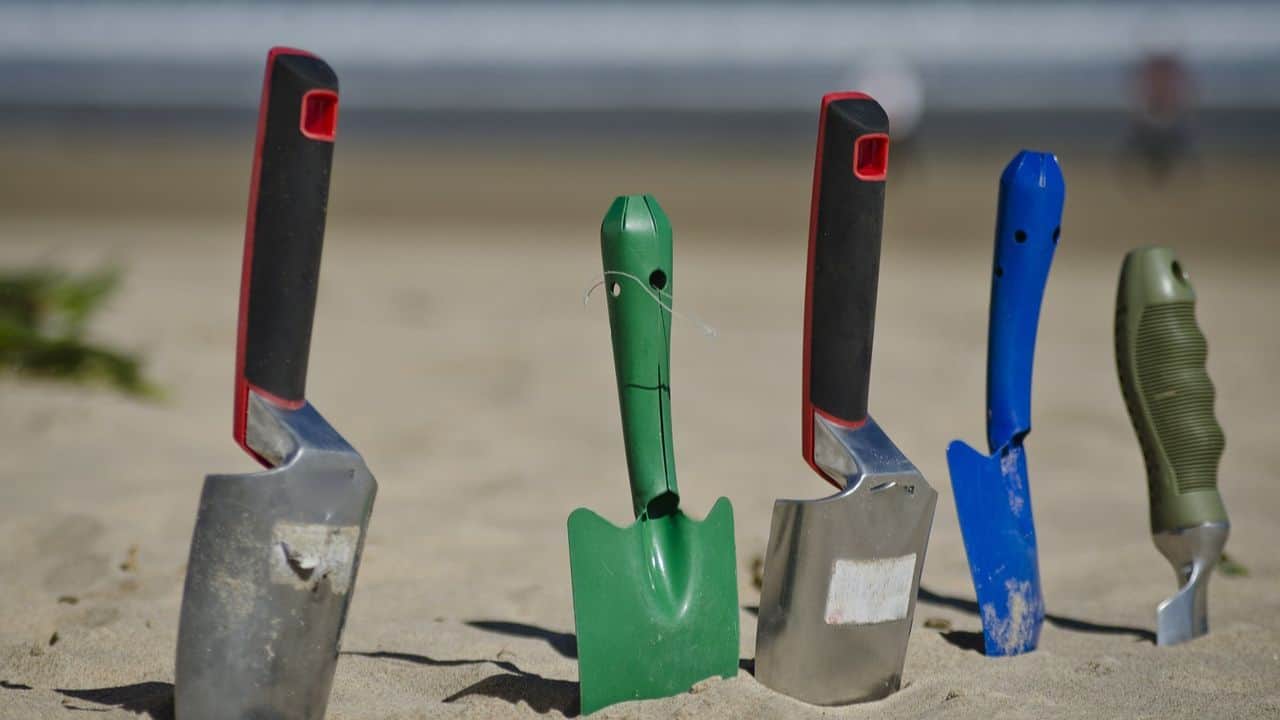
Keeping good hygiene and following Leave No Trace principles require a trowel (mini shovel), especially when burying human waste.
Choose a durable and lightweight option. While it’s true that steel trowels can add weight to your backpack, they’re a much better option compared to plastic models. Some trowels have additional features like a saw edge or measurements to ensure you’re digging deep enough.
First Aid Kit
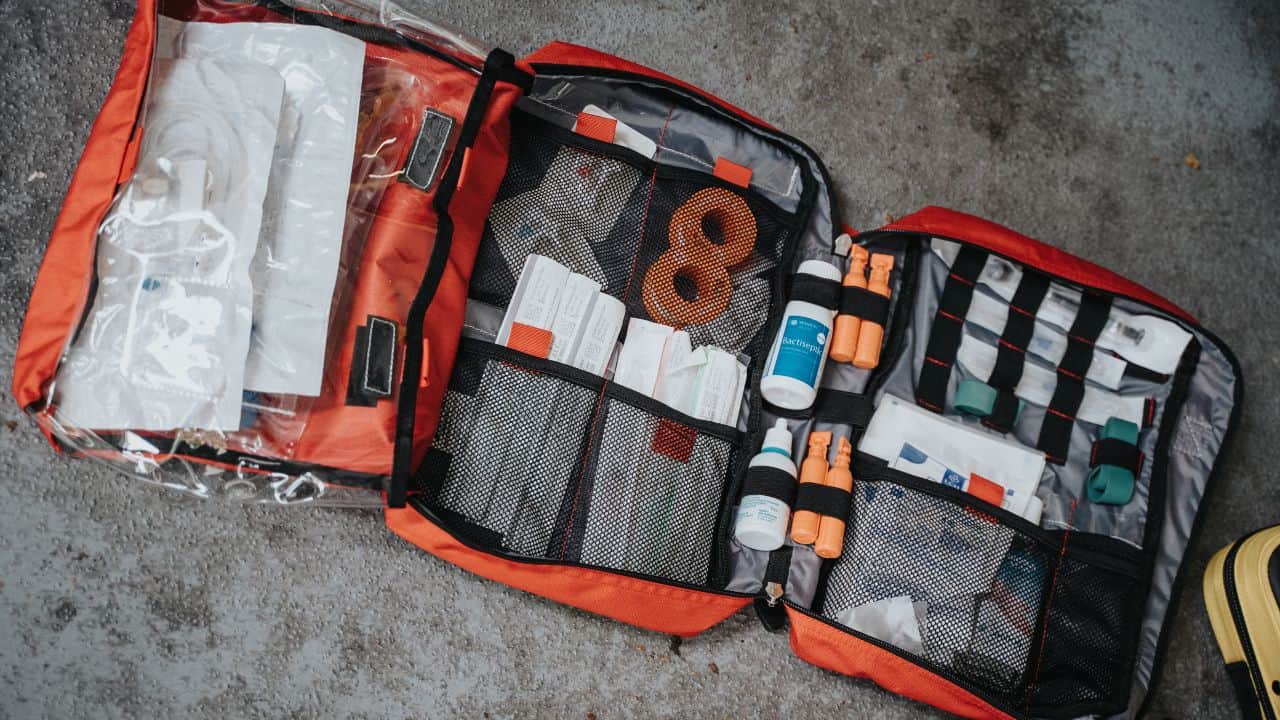
Wild camping enthusiasts should always carry a first aid kit with them. It should contain pain relief medication, medical tape, tweezers, antiseptic wipes, gauze, bandages, and medication.
It is also vital to know how to administer basic first aid. Taking a wilderness first aid course is advisable before heading out into the backcountry.
Head Torch
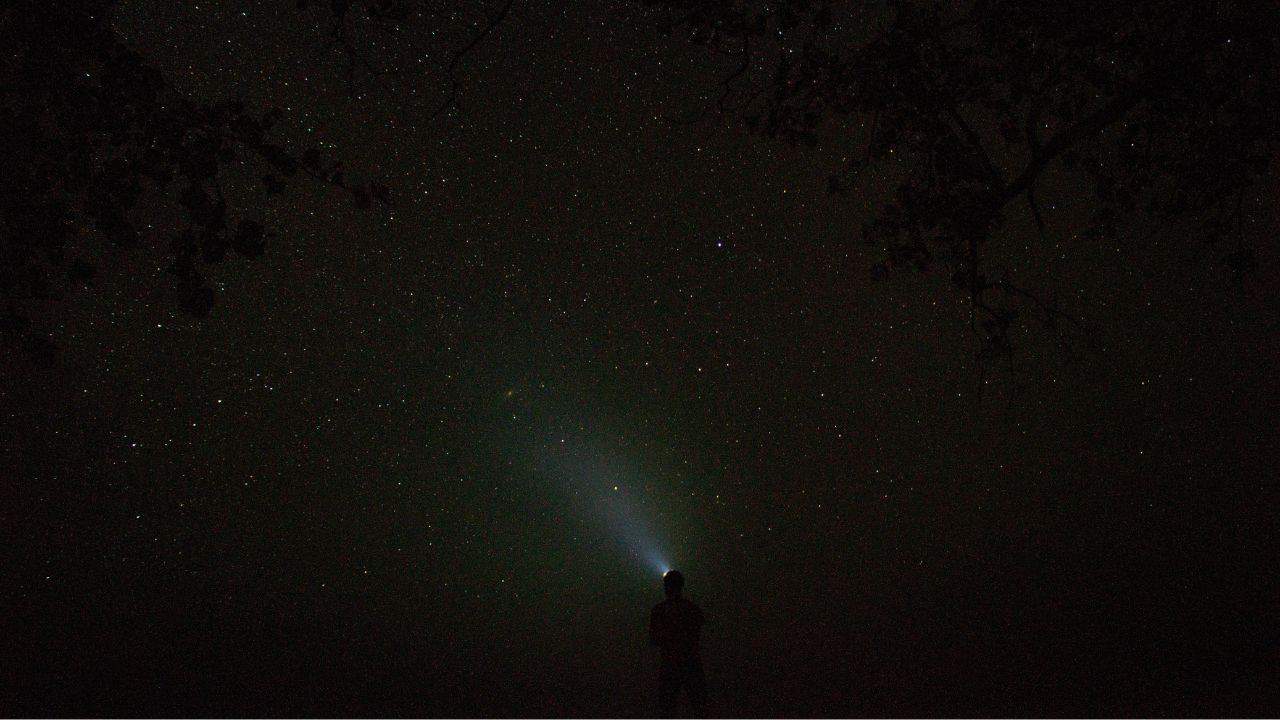
Rare are the pieces of wild camping gear that are as important as a head torch. It keeps your hands free, making navigating, setting up camp, and cooking in the dark much more manageable.
When shopping for a head torch, look for a model with a good balance between battery life and brightness (expressed in lumens). A red-light mode on a head torch can help preserve night vision.
Candles
Besides being lifesavers if all of your electronics die, candles can provide a cosy atmosphere to your campsite. Consider packing candles that burn slowly and don’t produce much smoke. Compared to paraffin candles, beeswax candles burn cleaner and longer.
Candles should always be handled carefully – never leave them unattended, and keep them away from flammable materials.
Swiss Army Knife
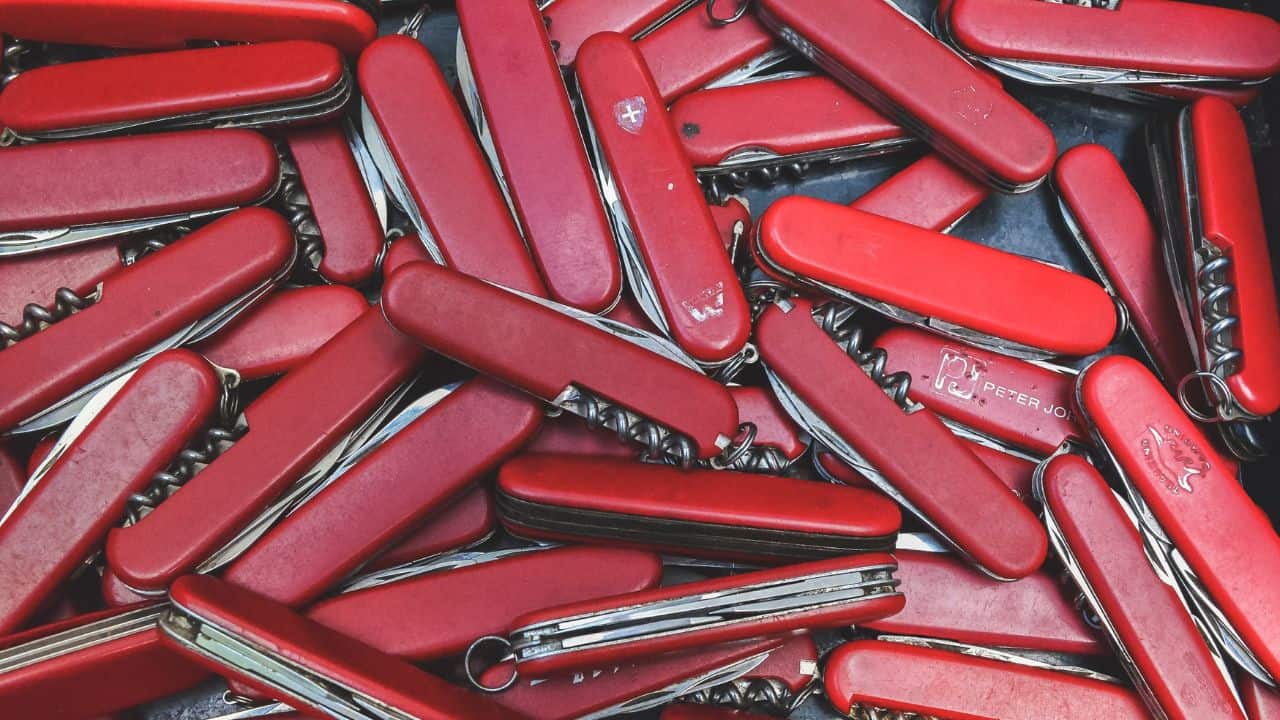
A Swiss Army knife is an incredibly useful tool well-known for its versatility. These convenient gadgets offer functions from bottle-opening and screw-driving to cutting and sawing.
Additional features may include a compass, tweezers, and even USB functionality. The small size of a Swiss Army knife makes it easy to attach to a backpack or carry in a pocket.
Gaffa Tape

Also known as duct tape, gaffa tape is a versatile tool that can be used for repairing gear on the spot, from fixing a broken pole to patching up a hole in a tent.
It’s waterproof, robust, and sticks to most surfaces. Putting gaffa tape over a water bottle or a lighter can save space in your backpack and make it easier to find.
Bug Spray
The presence of insects can be a serious nuisance when wild camping. Fortunately, this issue can be solved easily – by packing a quality bug repellent.
Look for products containing Picaridin or DEET, which are proven effective against various insects. Also, check yourself regularly for ticks and learn to remove them safely.
Suncream & Sunglasses
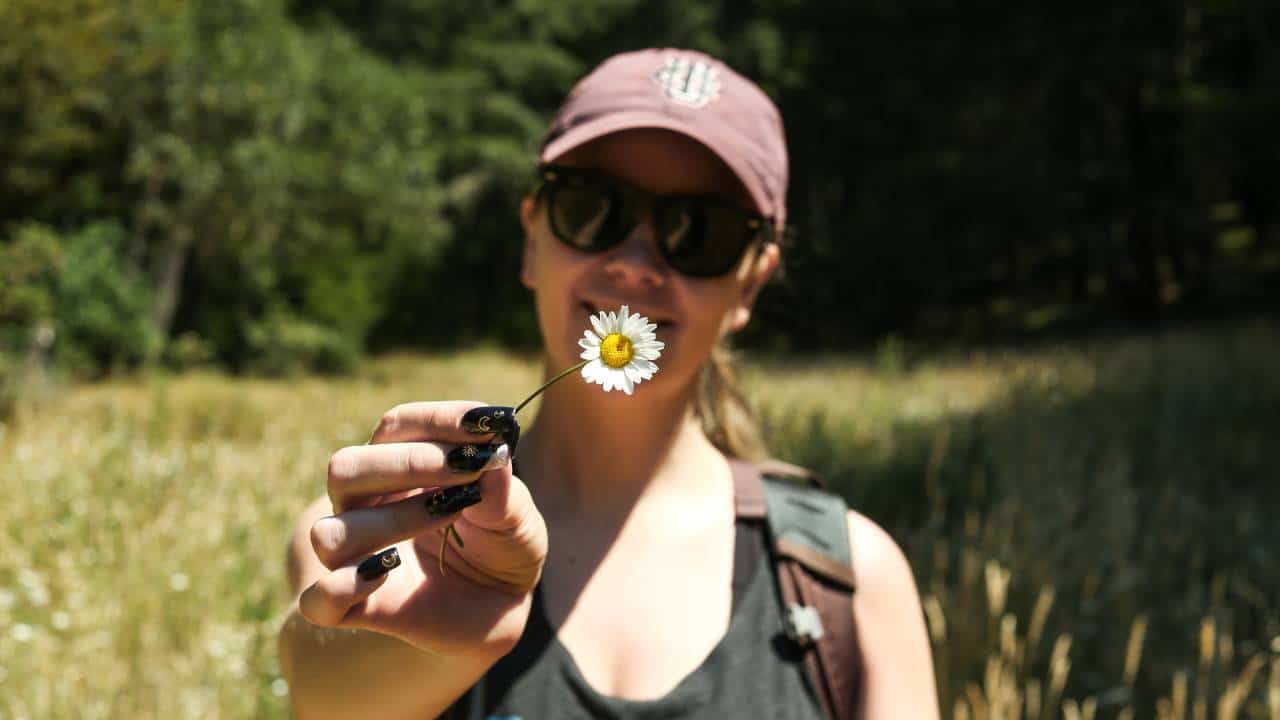
Protecting yourself from the sun’s harmful UV rays throughout the year is vital, even more so if you’re an avid wild camper. A high-factor sun cream is a must-have for anyone interested in this activity. If you want a sun cream that won’t sweat off easily, look for a water-resistant one.
Having a pair of UV-protective sunglasses is just as important, particularly if you often wild camp in snowy regions with intense sun glare.
GPS
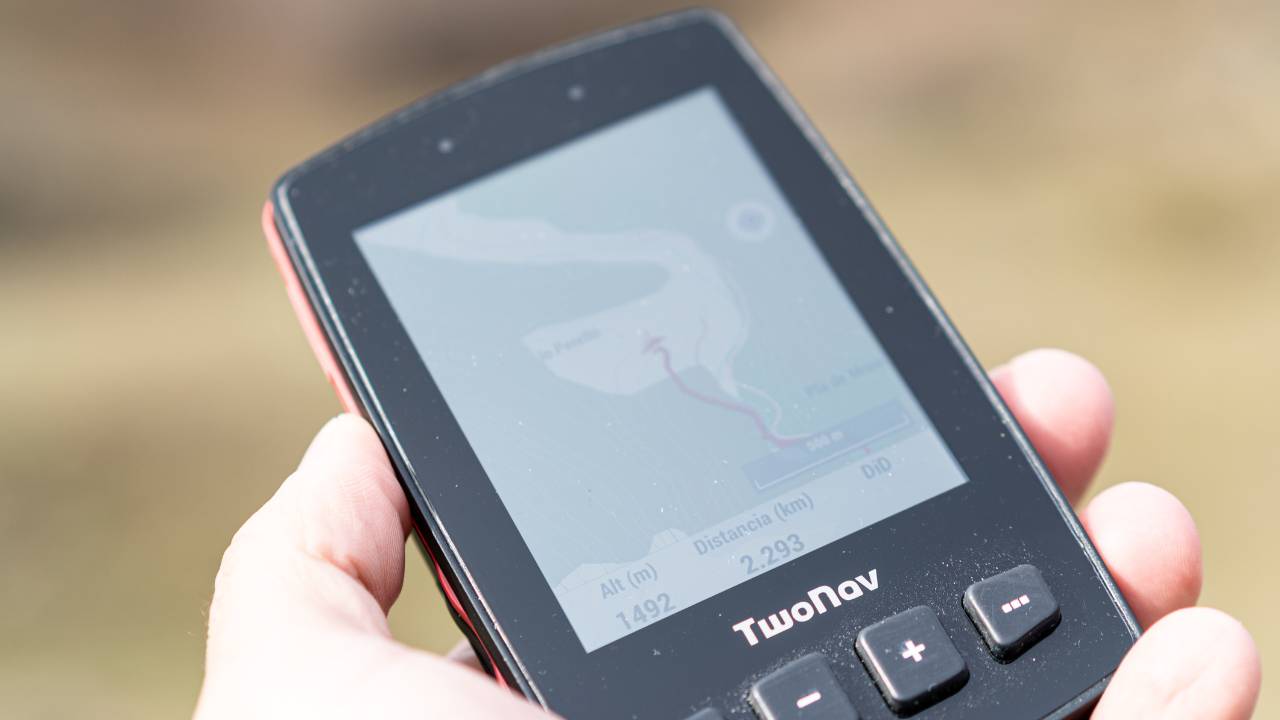
GPS devices can provide user-friendly, dependable navigation. Choose a model made for outdoor use, i.e. one that’s waterproof and durable.
When shopping for a GPS device, the factors you’ll need to consider include the gadget’s size and weight, battery life, and the availability of maps for the regions you’re planning to wild camp in. Remember that, rather than replacing traditional navigation skills, GPS should only complement them.
Map & Compass
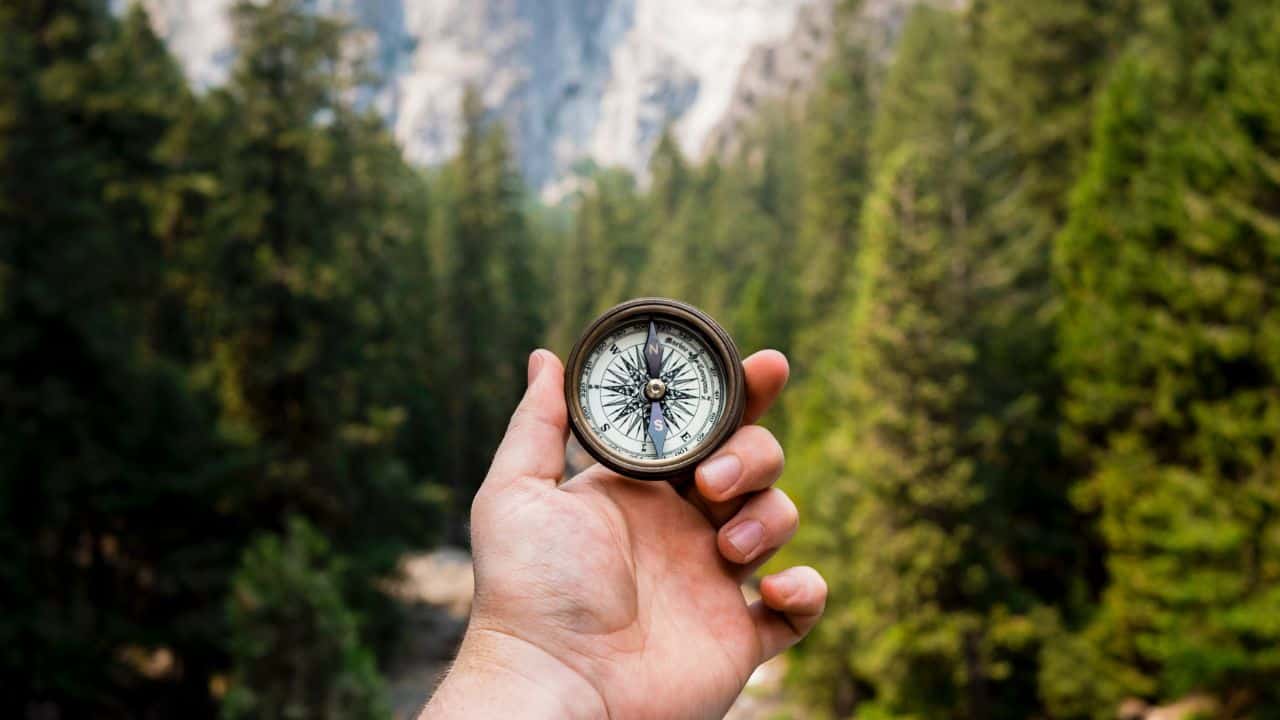
Maps and compasses are essential tools even in the era of GPS. Signals can be weak (or even non-existent) in rural regions. Moreover, batteries – and power banks – can die.
Navigating the outdoors can be made easier by learning to use a compass and read a map. Ensure your map covers the entire wild camping route and is up-to-date with all the necessary information. As for the compass, pick one with a baseplate to make reading maps easier.
Phone & Camera
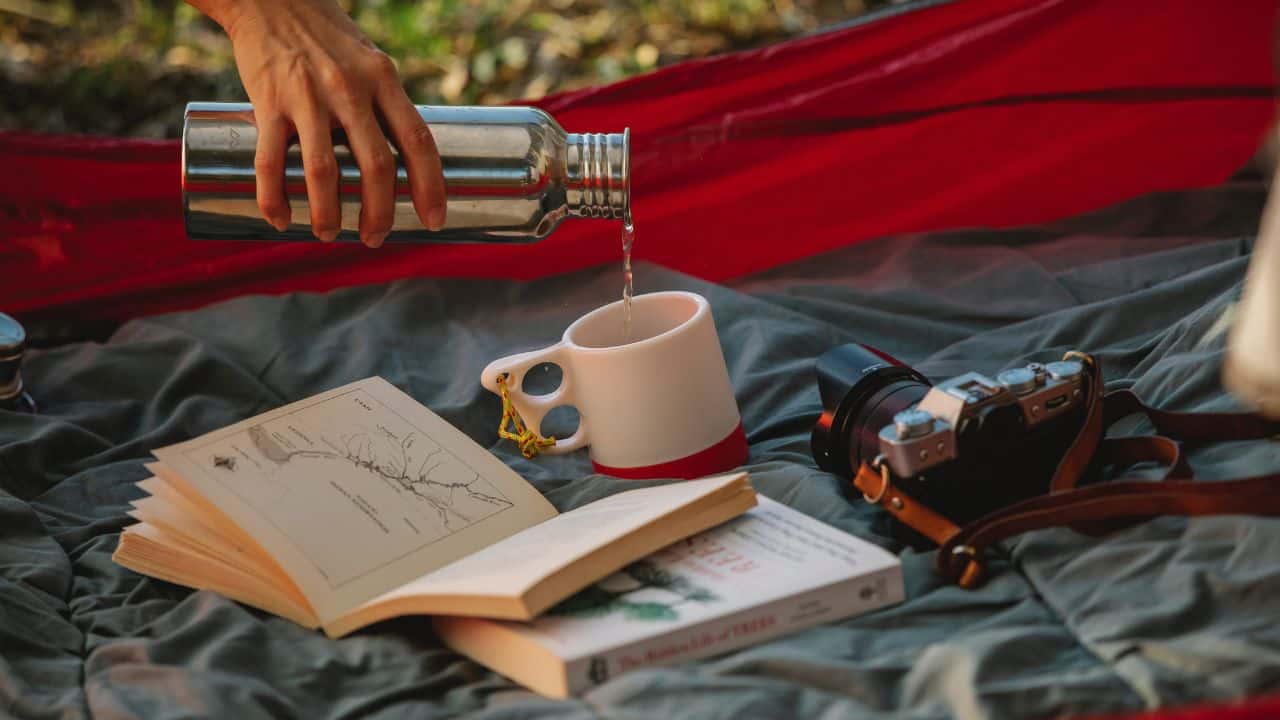
Capturing the natural beauty around you is a part of the wild camping experience. However, your smartphone’s camera is not its most important featur. When you’re out in the wild – save its battery for communication and navigation.
A durable, lightweight camera designed for outdoor use is the best option if you want to take higher-quality photos. Invest in cases or pouches to protect your electronic gadgets.
Power Bank
If the battery on your phone – or any other device – runs low, a power bank can be a lifesaver. These handy devices come in various capacities measured in milliamp-hours (mAh). Although heavier, a large-capacity power bank can charge your phone several times.
If you often go on long wild camping trips, consider getting a solar-powered power bank. But remember that these take a long time to charge and depend on the weather.
Emergency Whistle
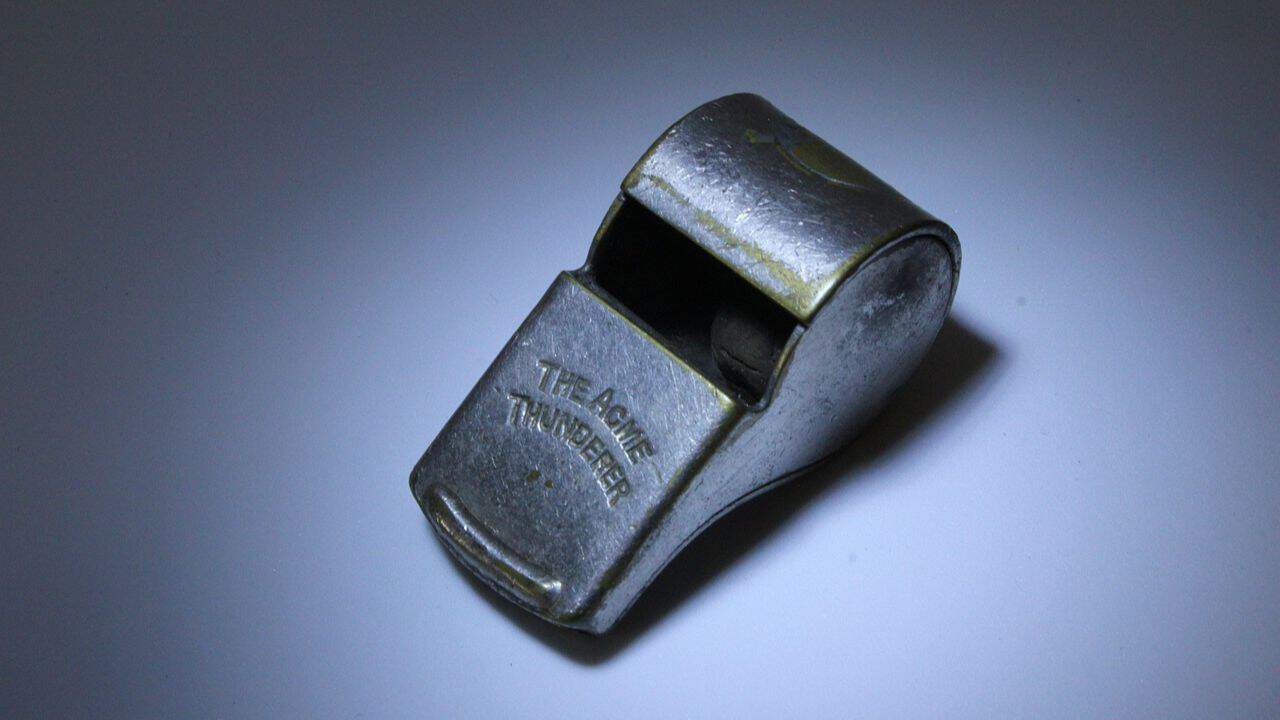
Lightweight and small, emergency whistles can be heard over long distances, making them helpful for signalling in an emergency deep in the wild.
In wet and cold conditions, pealess designs perform better. Many models of emergency whistles can be worn around the neck or attached to a backpack’s shoulder straps for quick access.
Emergency Camping Blanket

Better known as “space blankets”, emergency blankets can save your life in freezing temperatures. They can help prevent hypothermia due to their unique design, which works to reflect body heat.
Having one in your wild camping kit is a must because they are cheap, compact, and lightweight. Remember that they can also be used as distress signals or ground covers in emergencies.
Signal Mirror
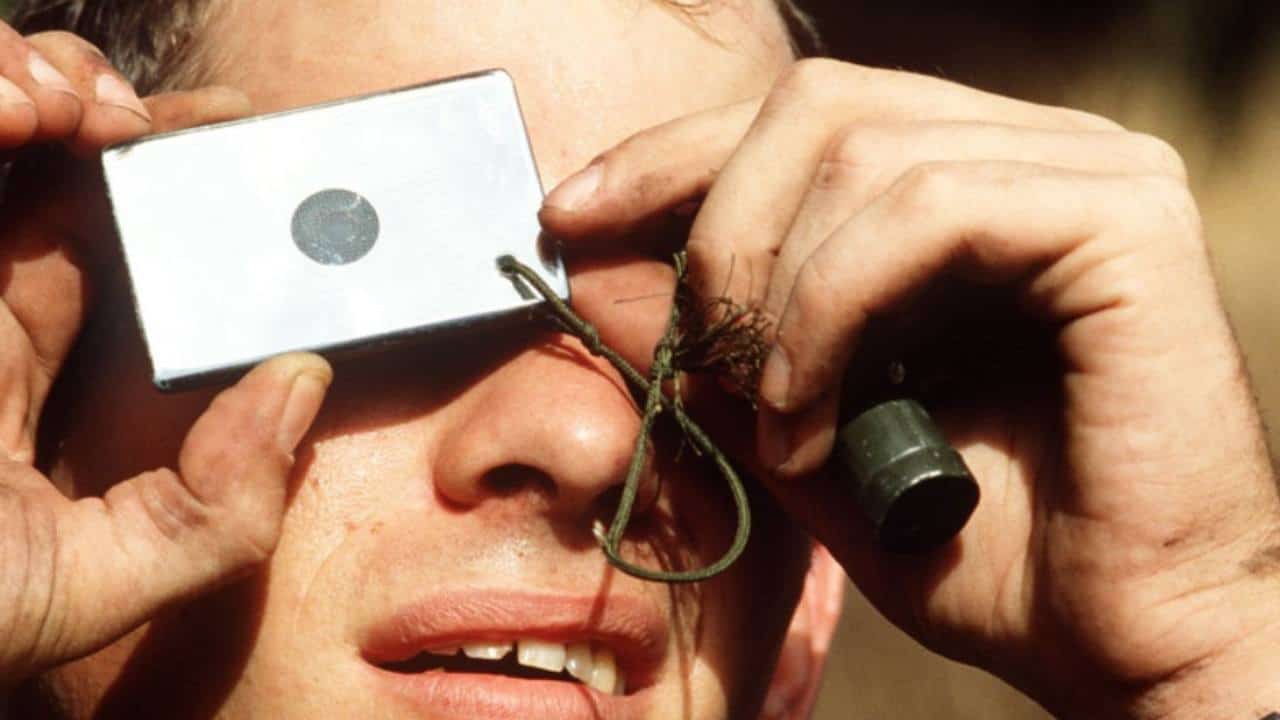
The purpose of a signal mirror is to reflect sunlight towards rescuers to signal for help. These don’t require a power source and are also lightweight and compact.
When buying one, go for a mirror built specifically for signalling – such models often feature internal aiming aids. Still, a clear, sunny day is required for this tool to work.
Bank Card & Cash
A bank card and some cash are still essential to a wild camping kit, even if there are no ATMs or card readers in the untamed countryside.
You may need these when passing through towns, for last-minute supplies, or for emergencies. Keep your cash and cards secure in a waterproof pouch.
Kindle
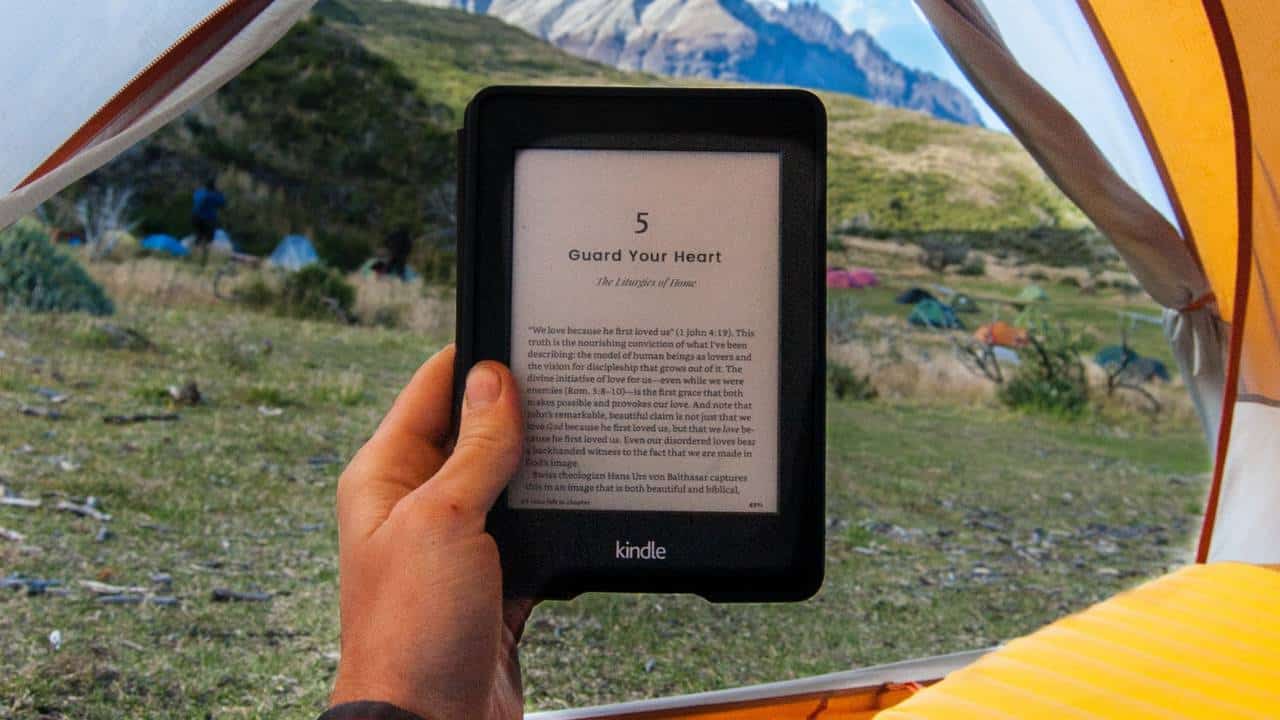
A big part of the appeal of wild camping is the ability to disconnect from technology. Still, Amazon’s Kindle – the most popular eReader- is lightweight, compact, and can provide hours of entertainment.
Consider a model with a backlight if you plan to read at night. Also, remember to download your books in advance, as you may not have access to the Internet while away from civilisation.
Takeaway
As you can see, the right gear can significantly improve your wild camping experience, providing comfort, safety, and the ability to deal with unforeseen circumstances.
With this guide at your fingertips, you are ready to pack for your next wild camping adventure. Have a wonderful time in the Great Outdoors!

I love hiking, backpacking, and camping. From the Camino de Santiago to the West Highland Way in Scotland or simply a great day hike on the weekend. Hiking refreshes me, my mind, and keeps my body reasonably fit. So far I have walked three Camino routes and many other long distance hikes in the UK, Canada, and around the rest of Europe. One of the best was my hike up Ben Nevis.

